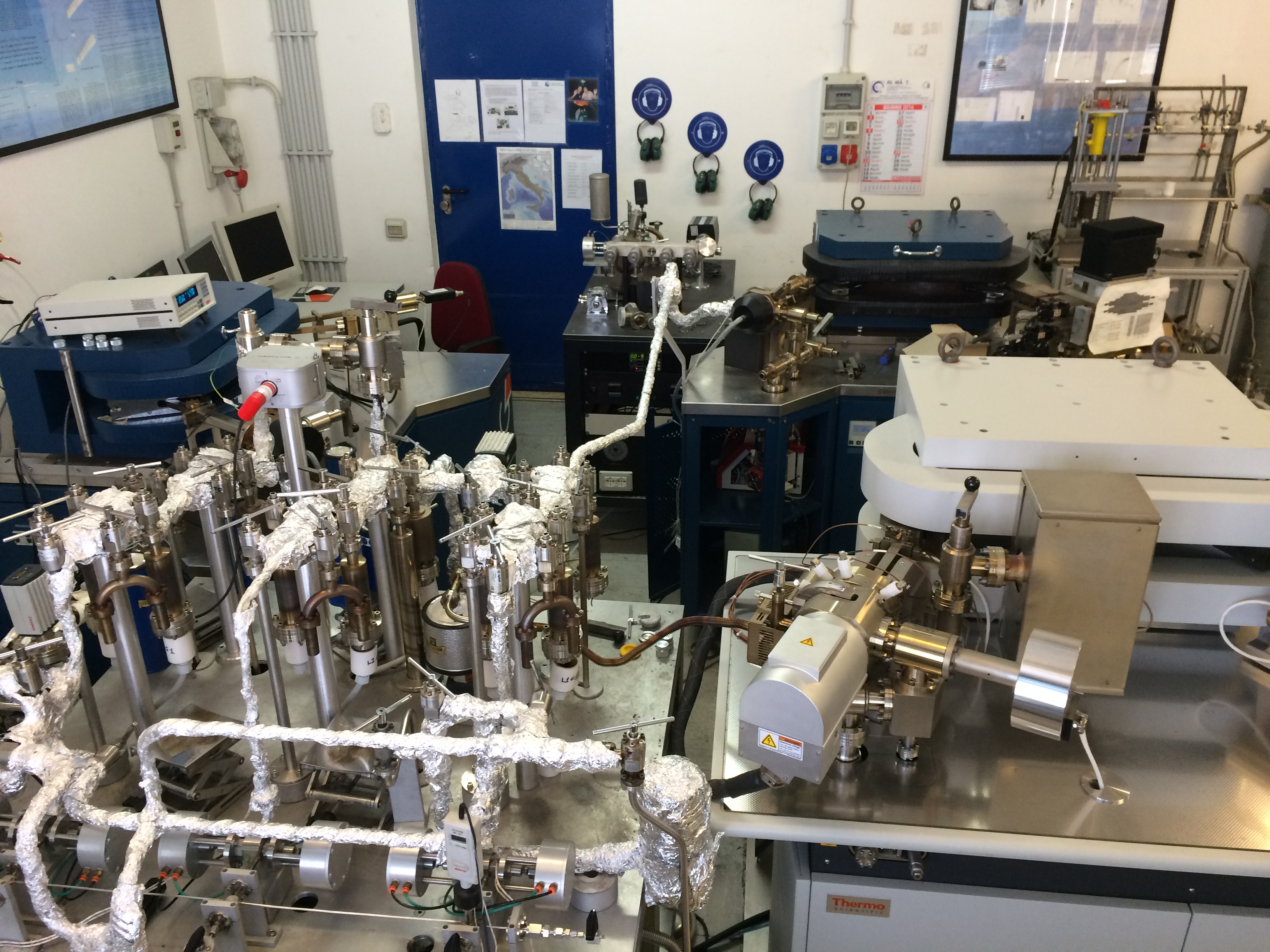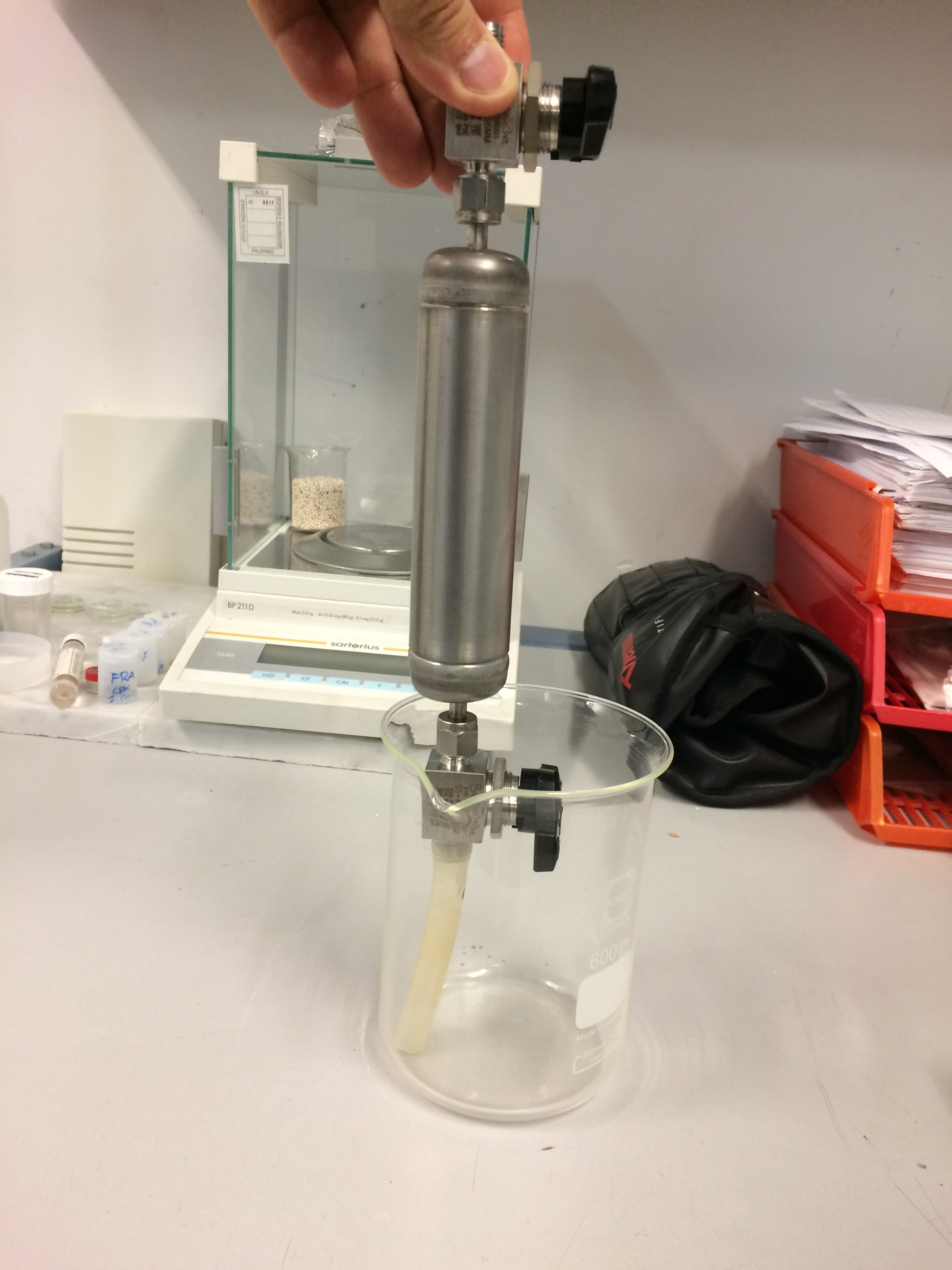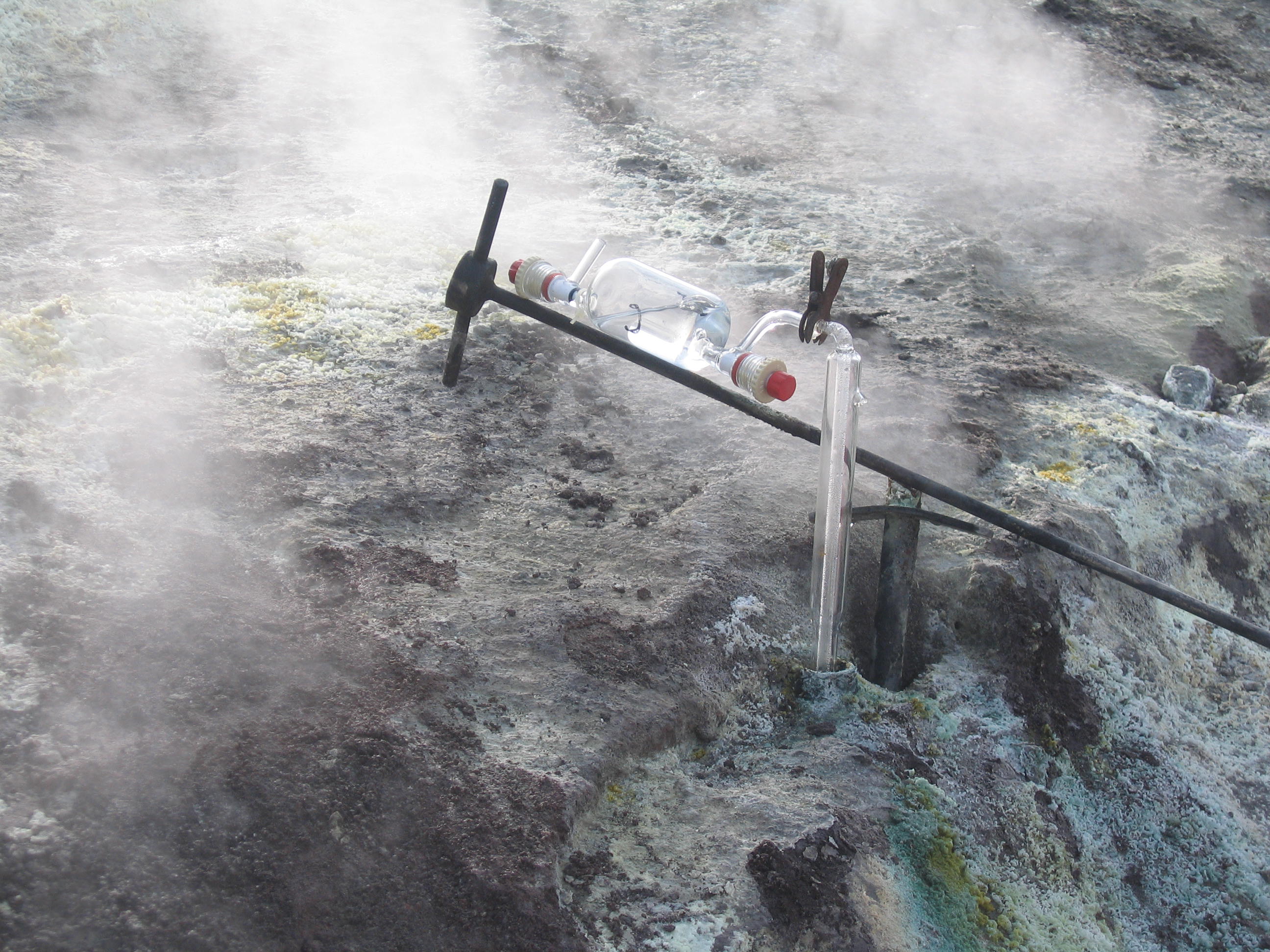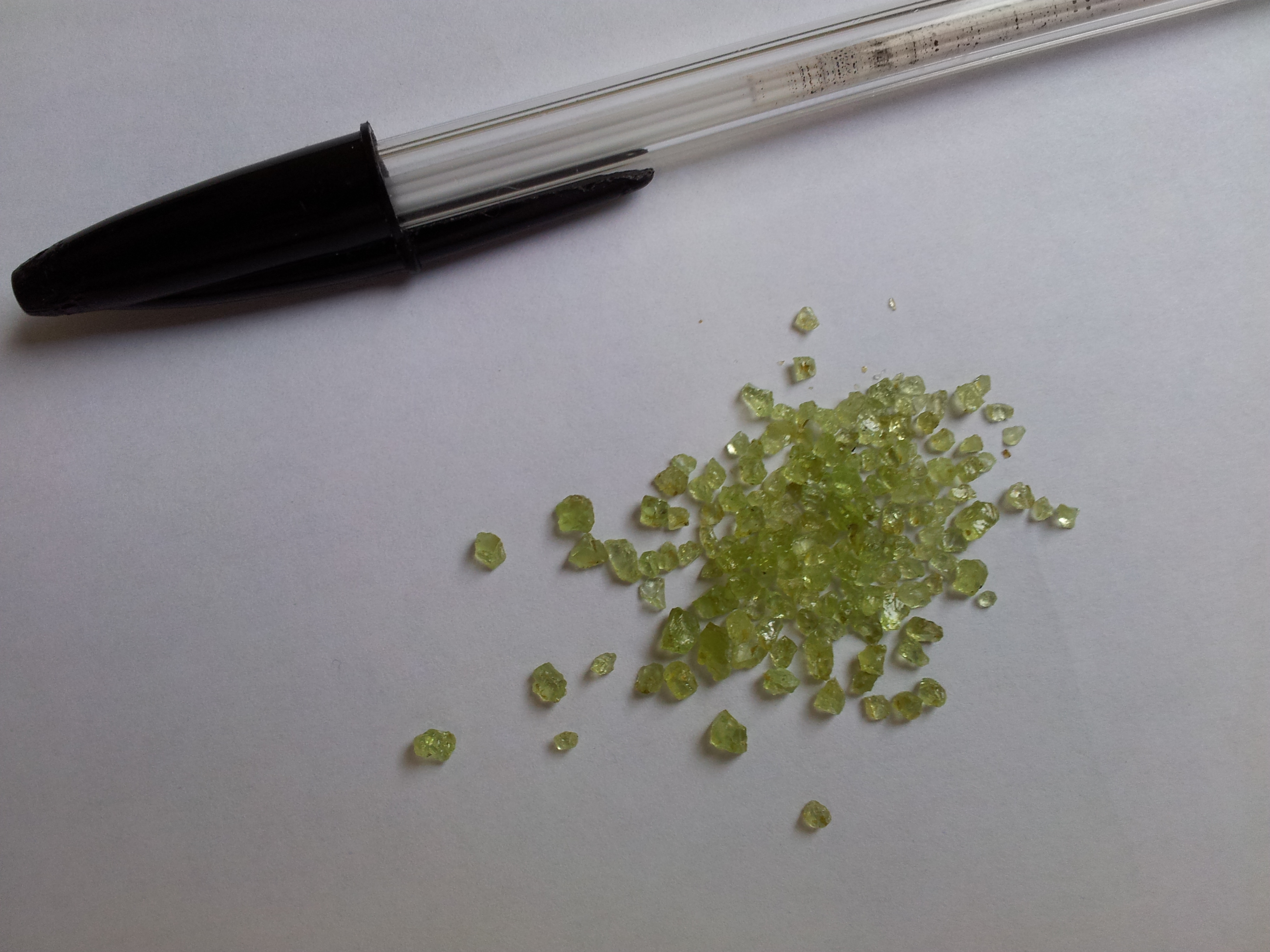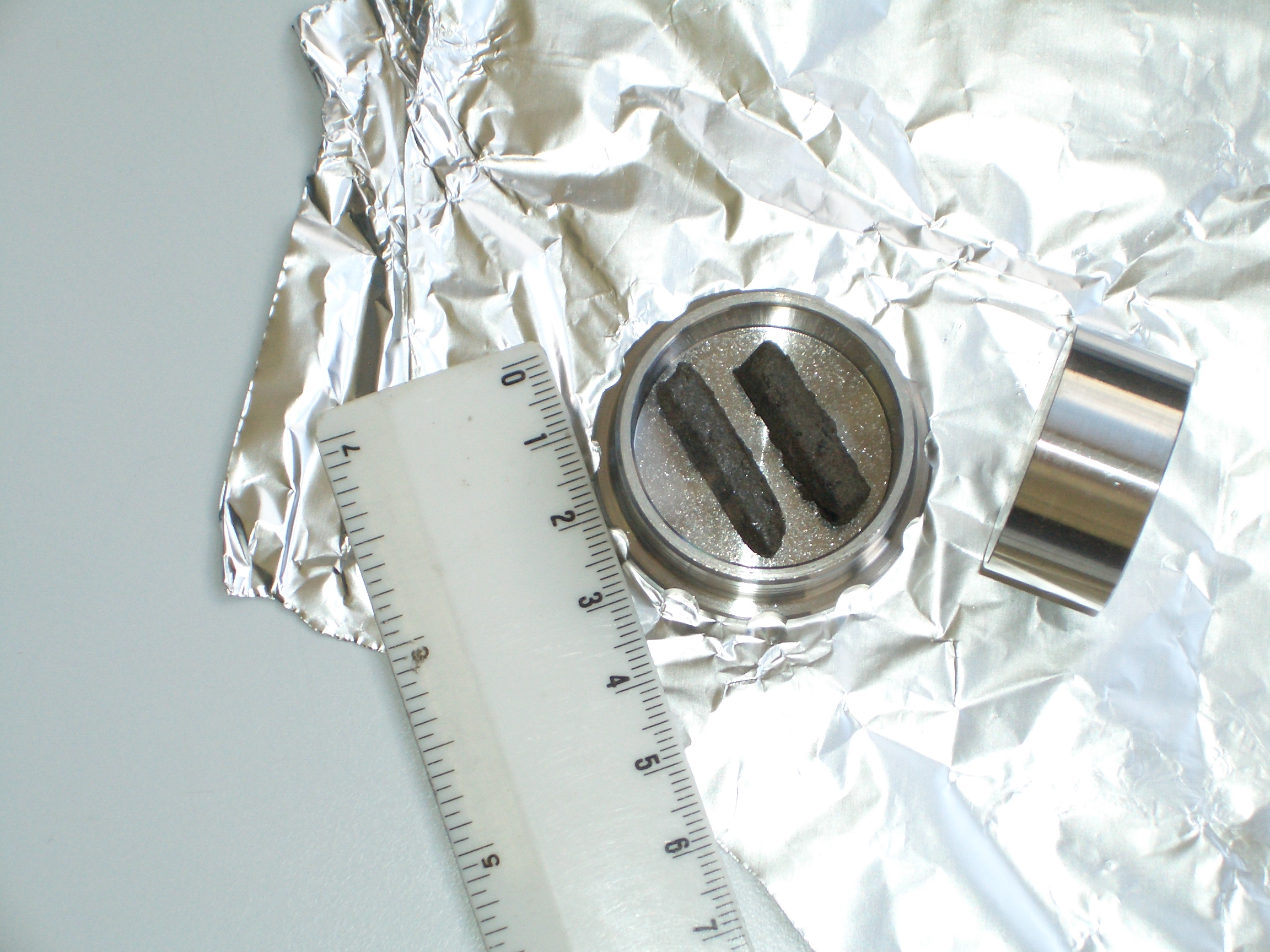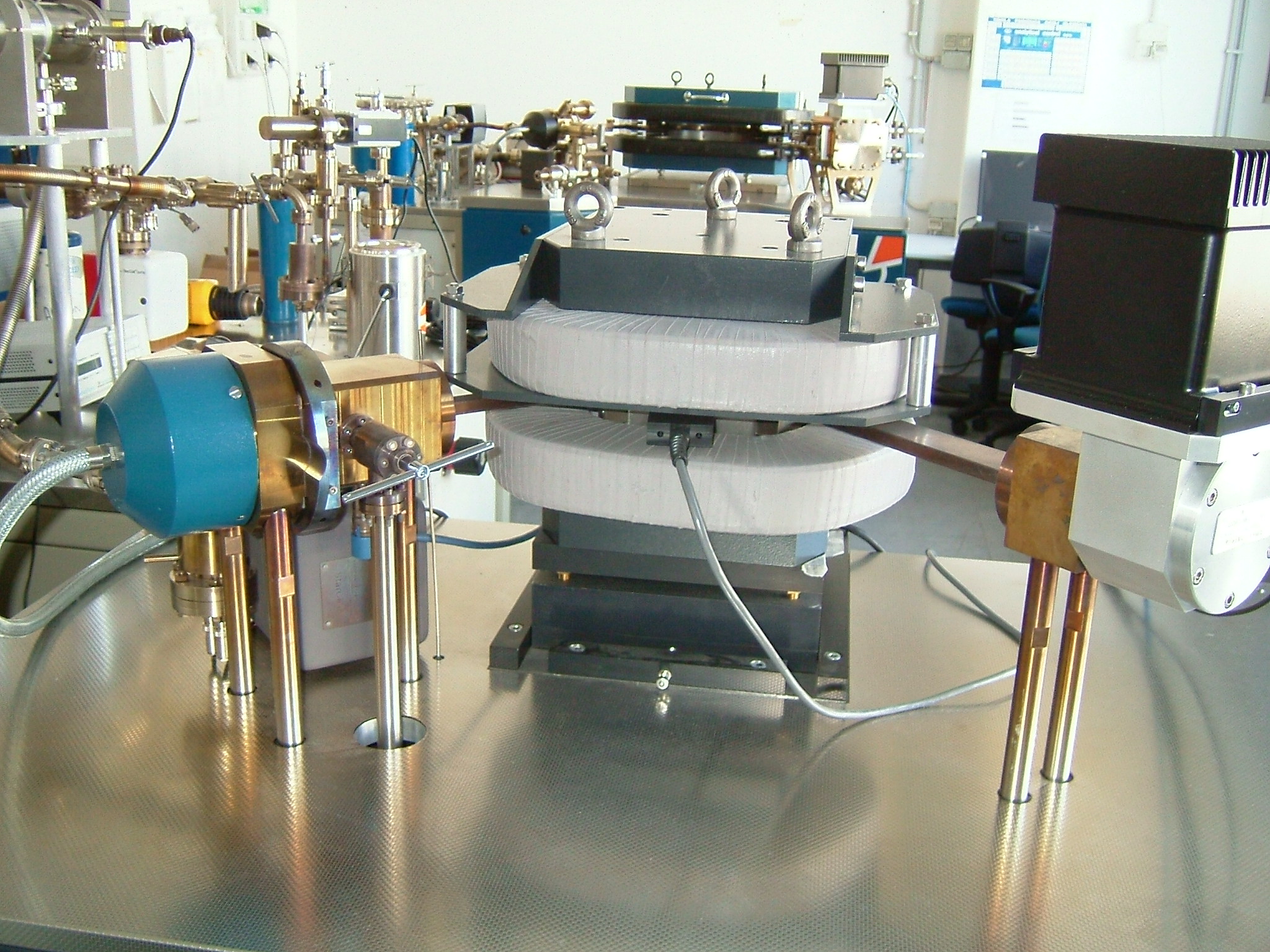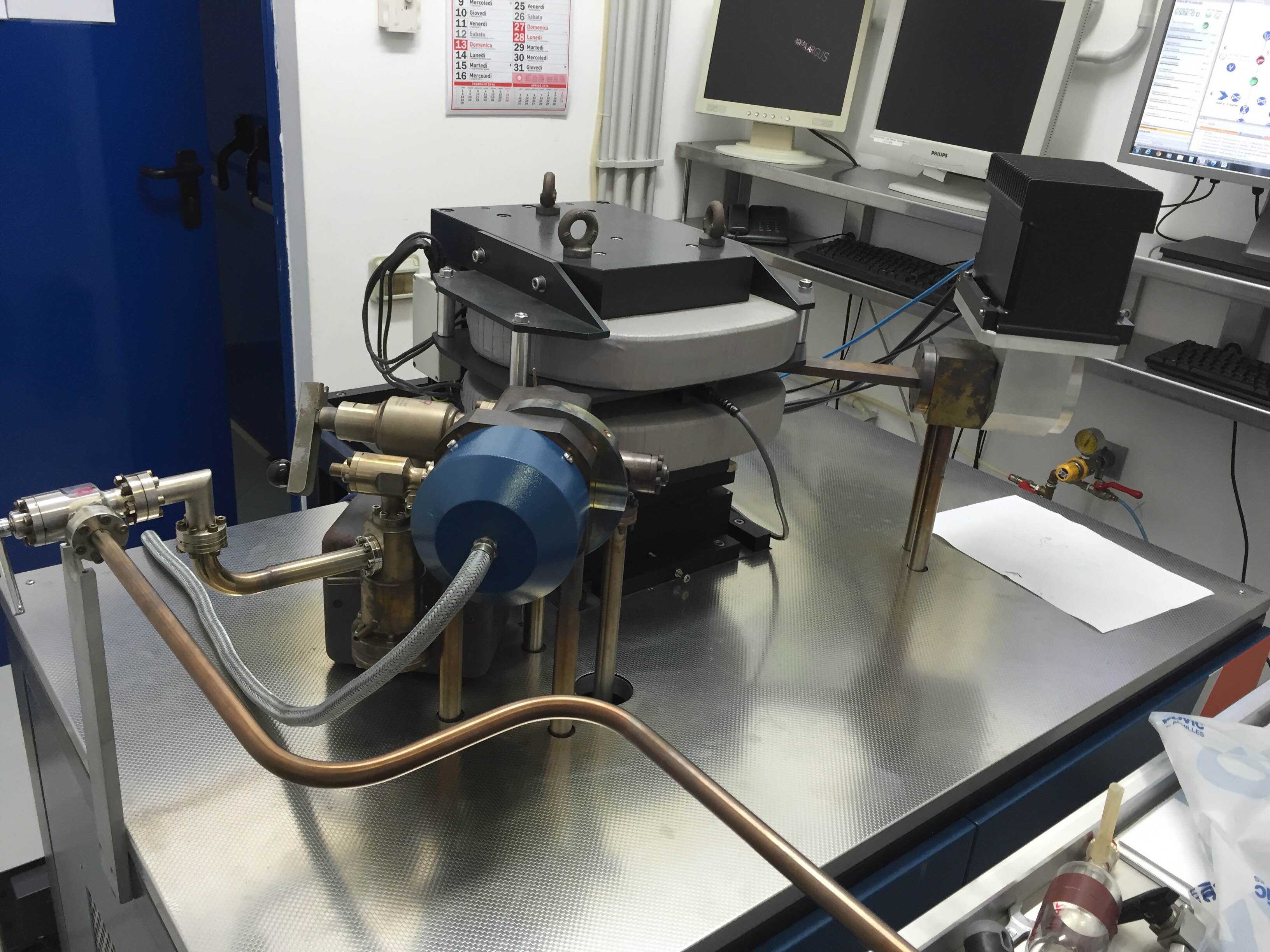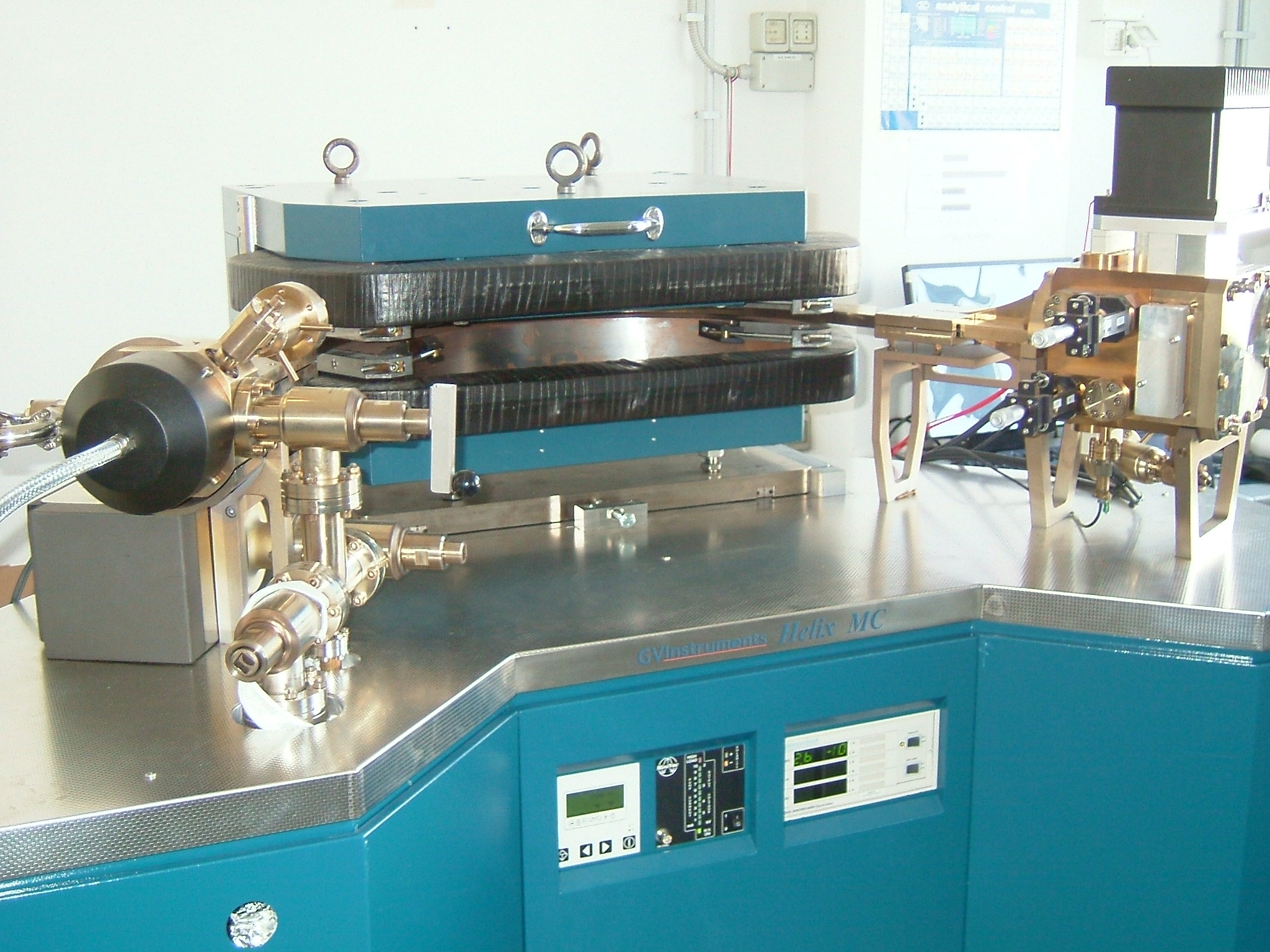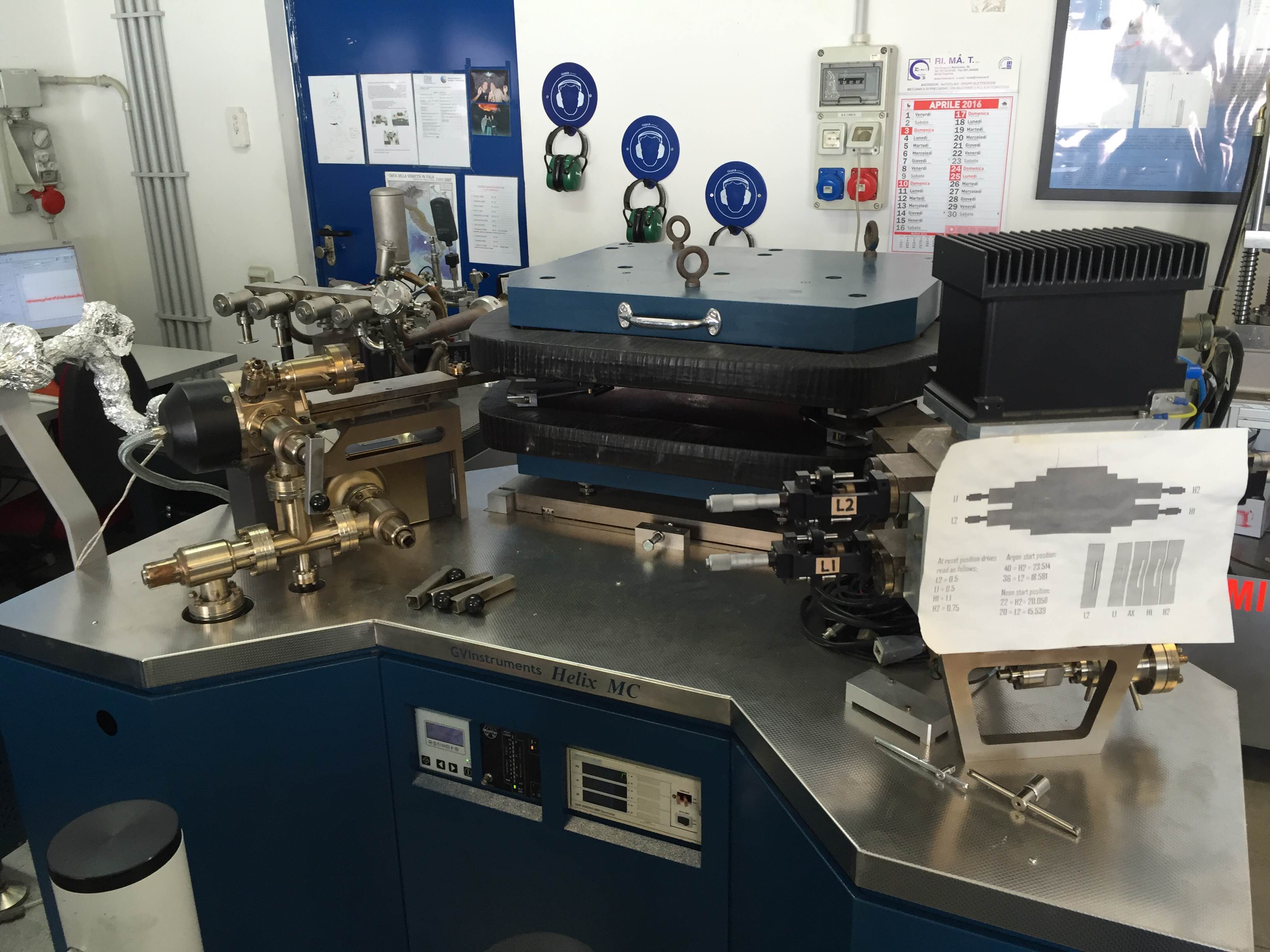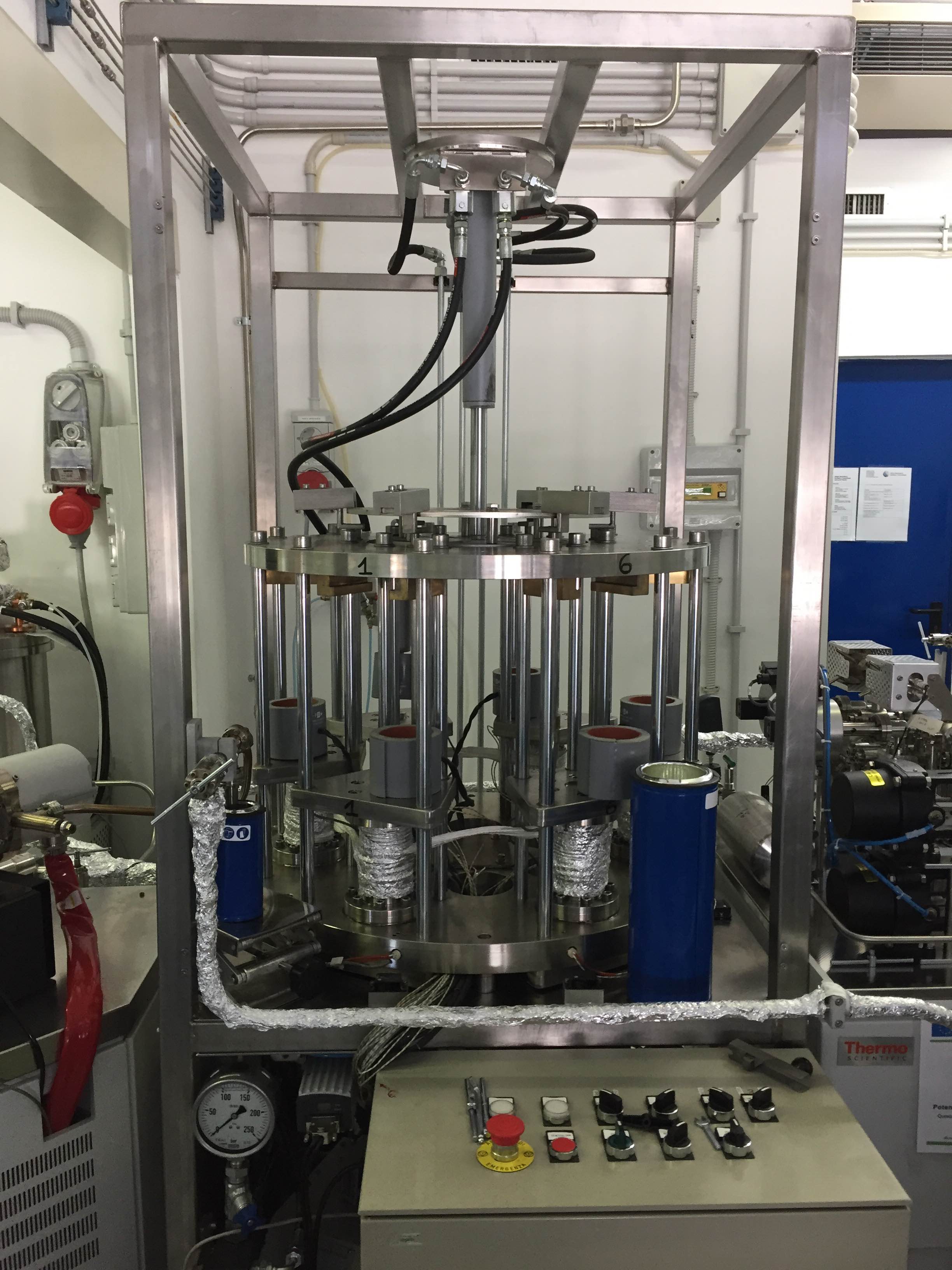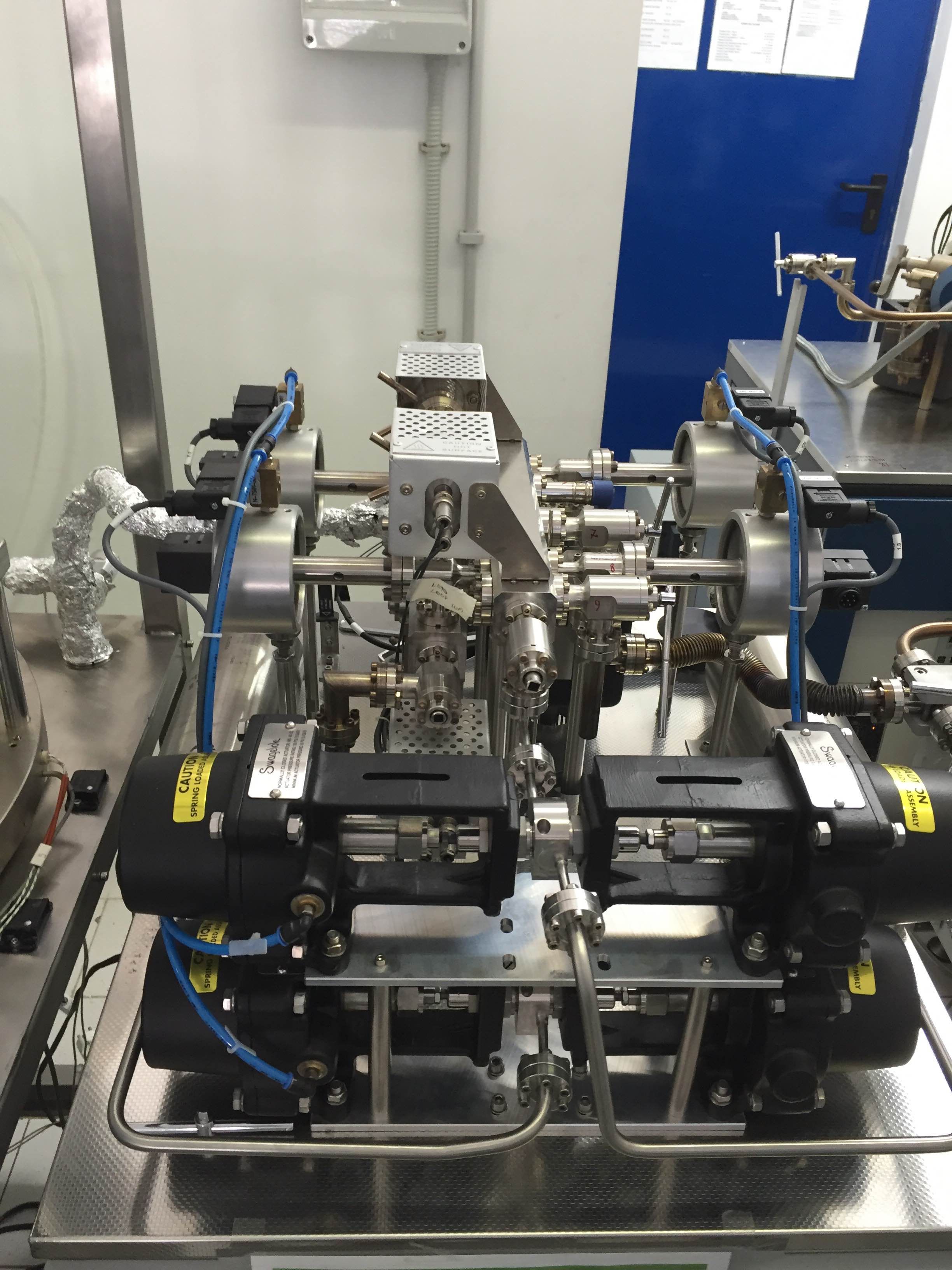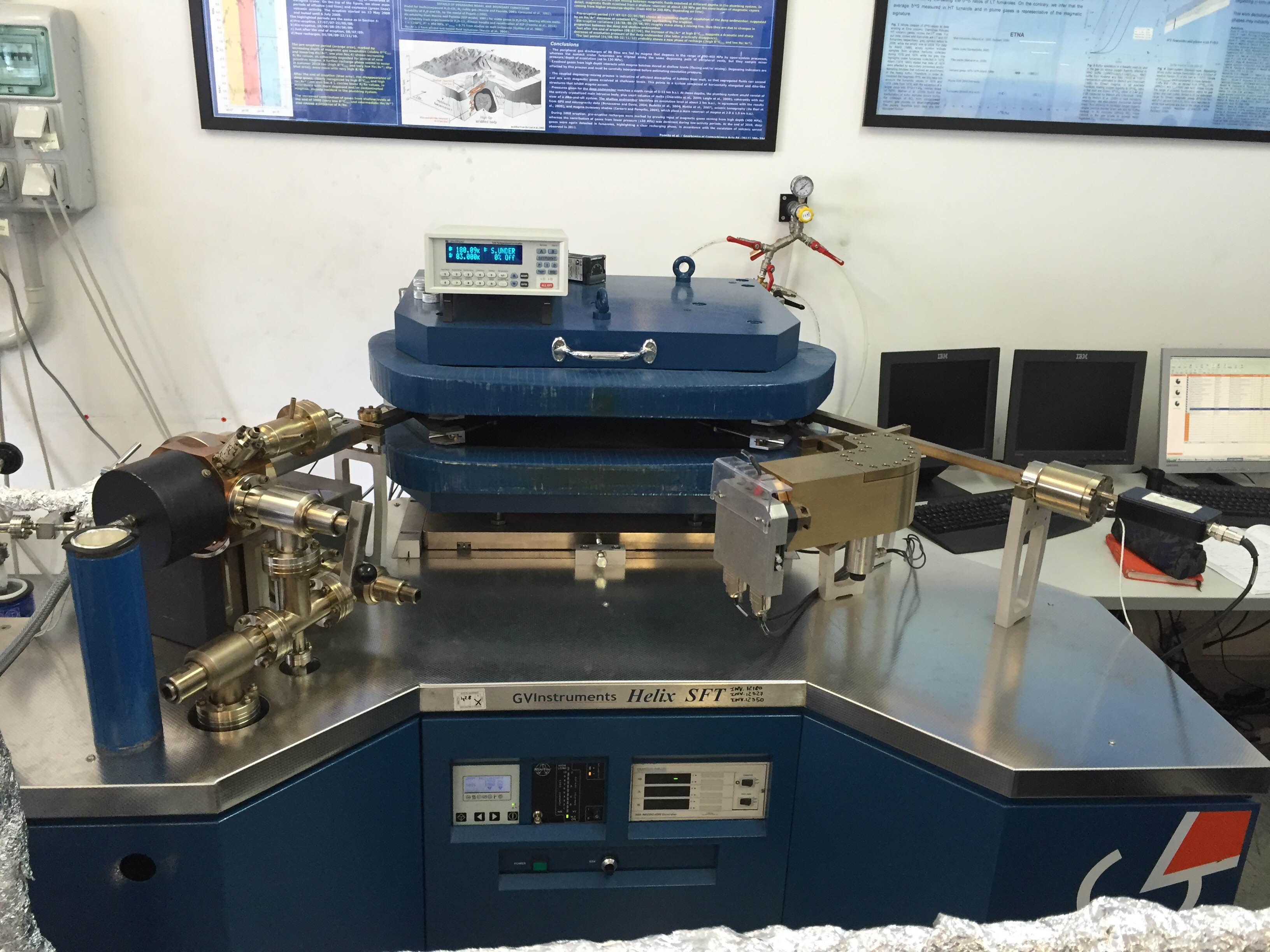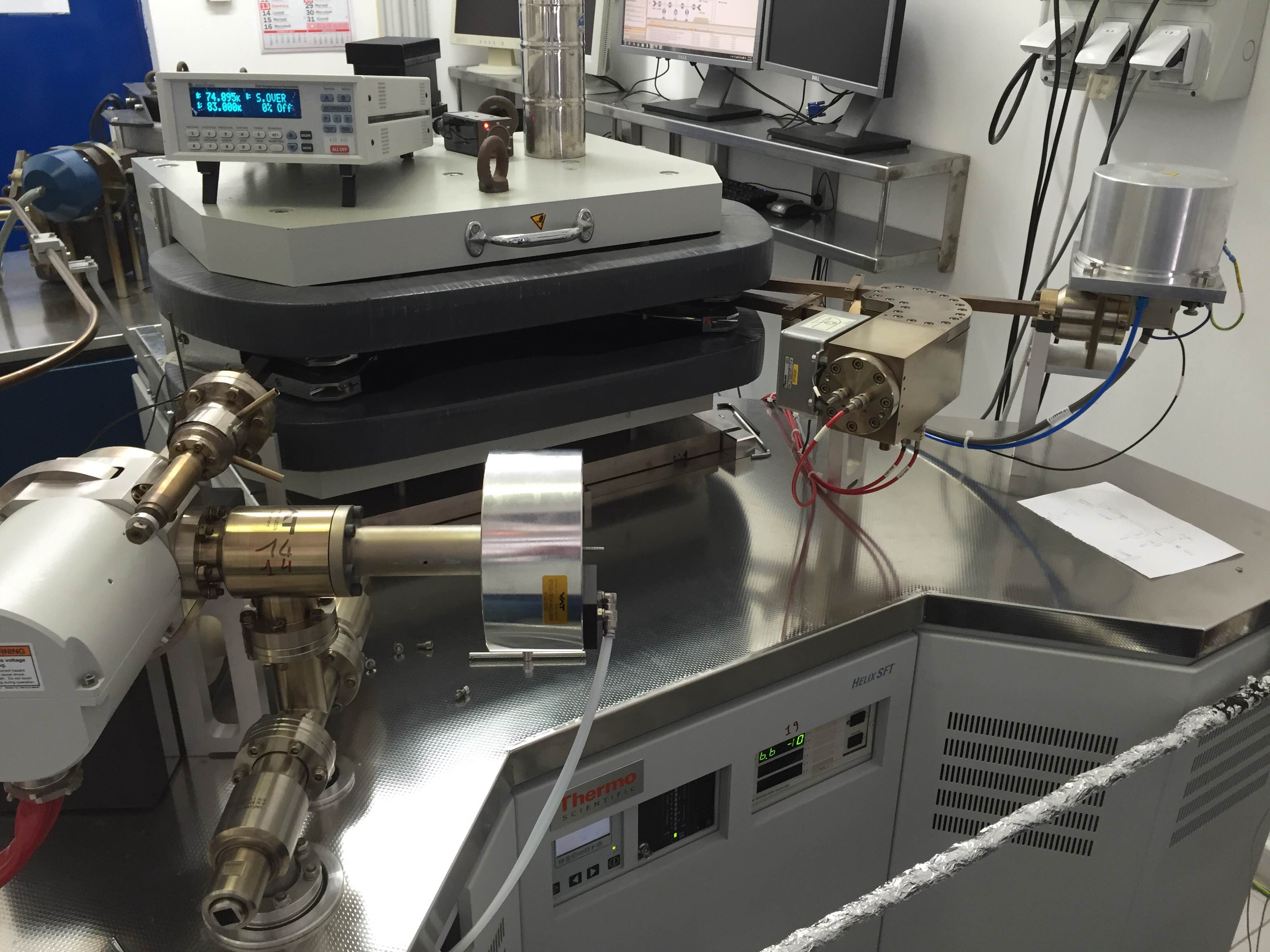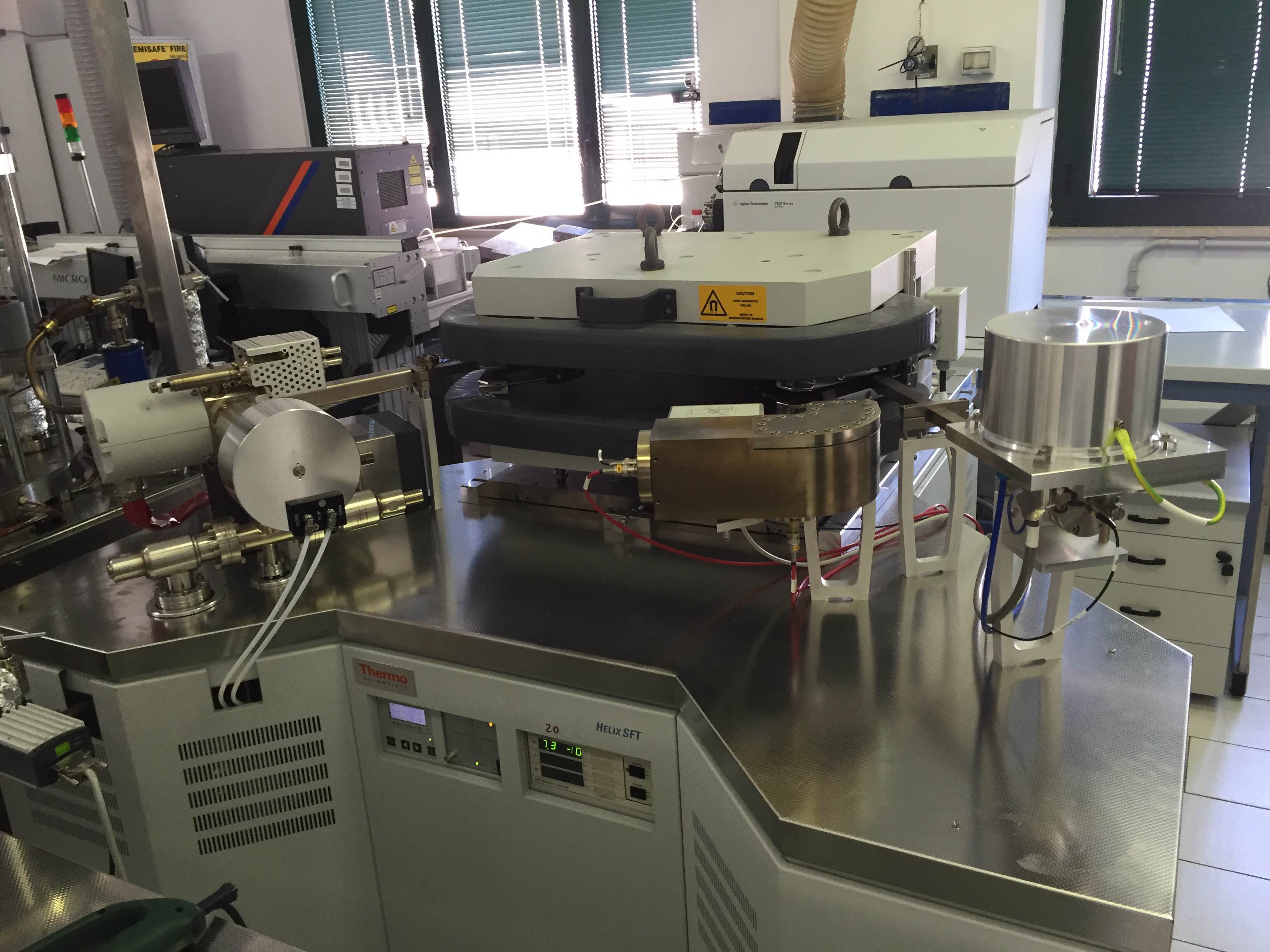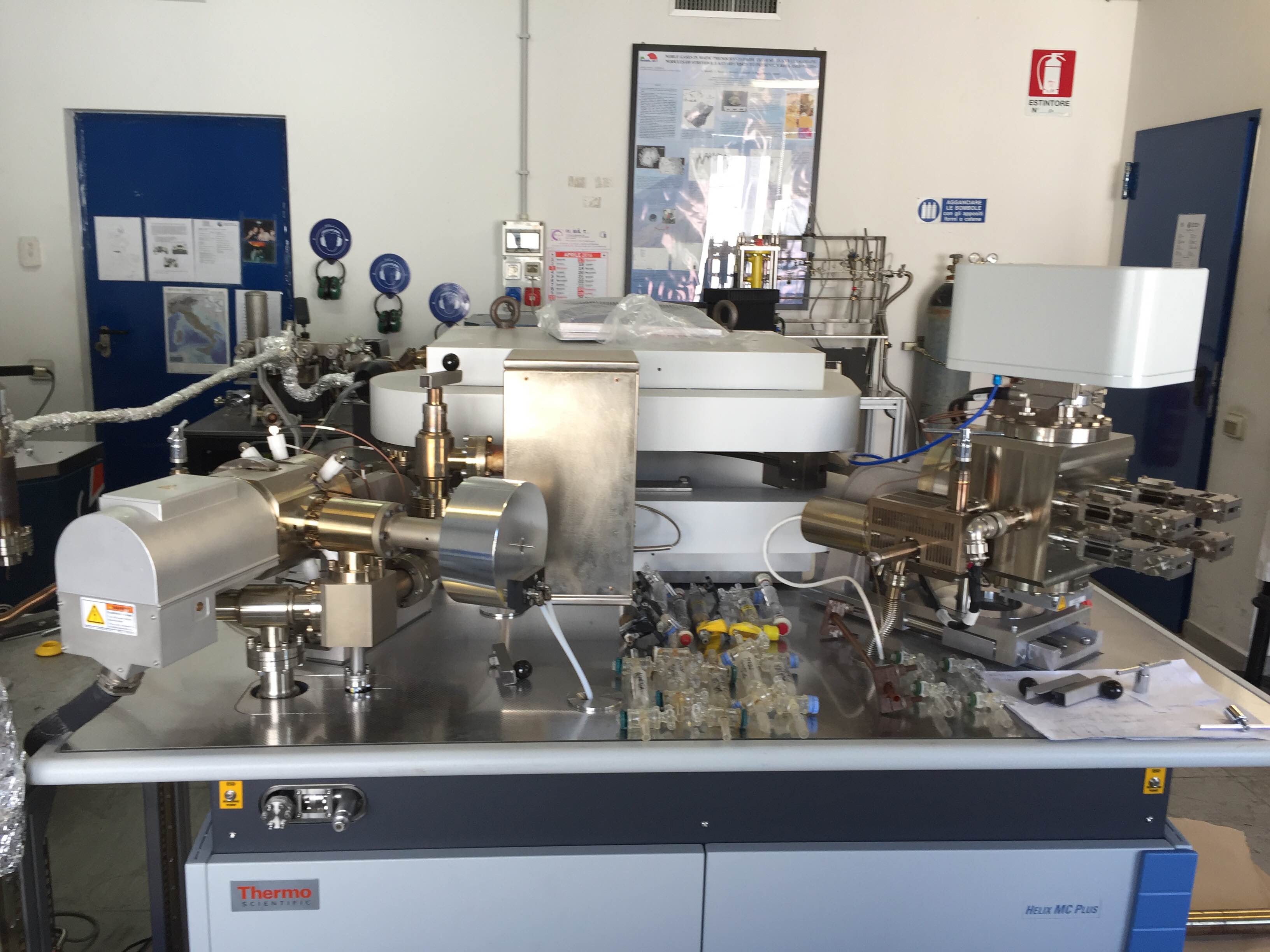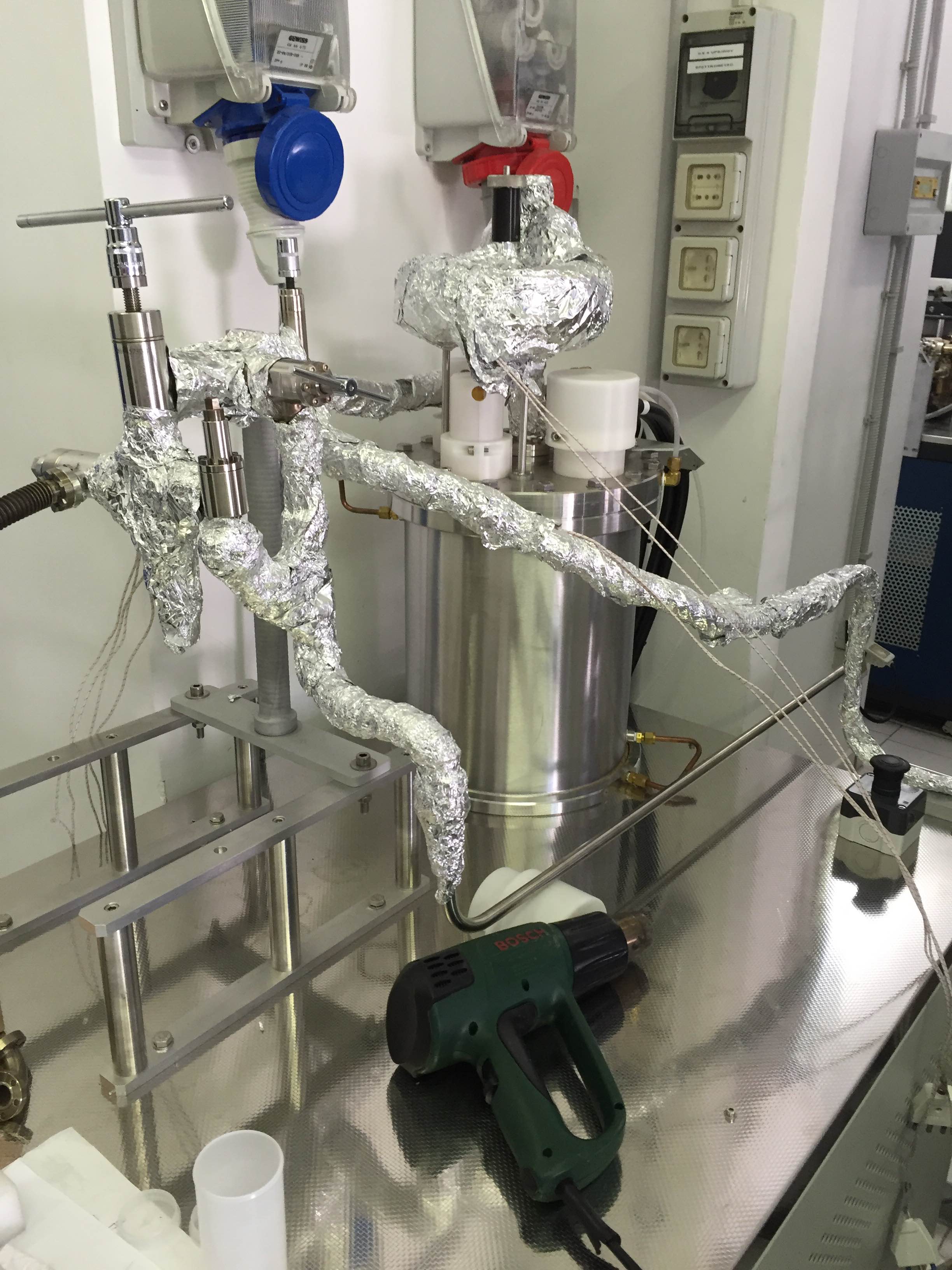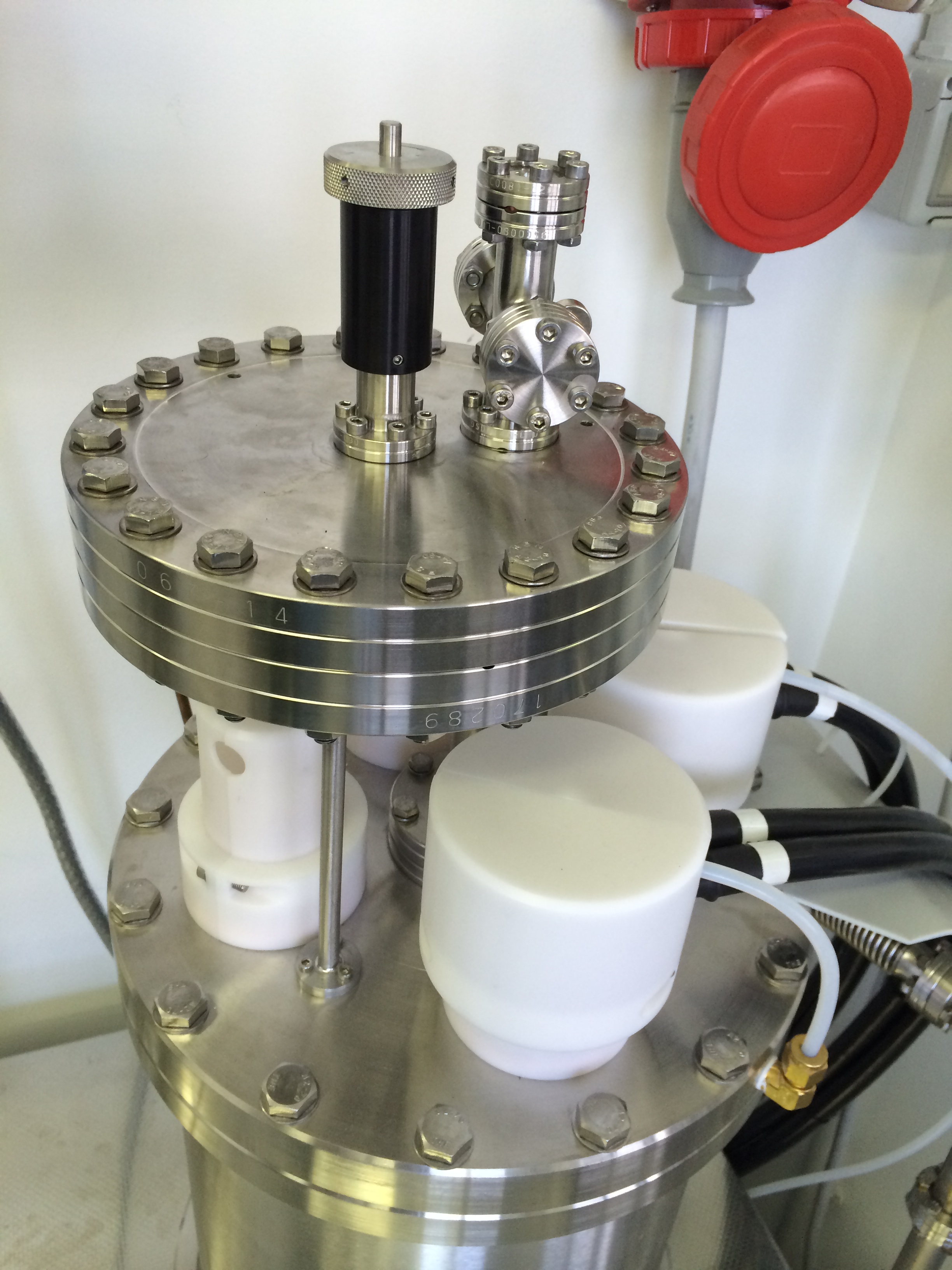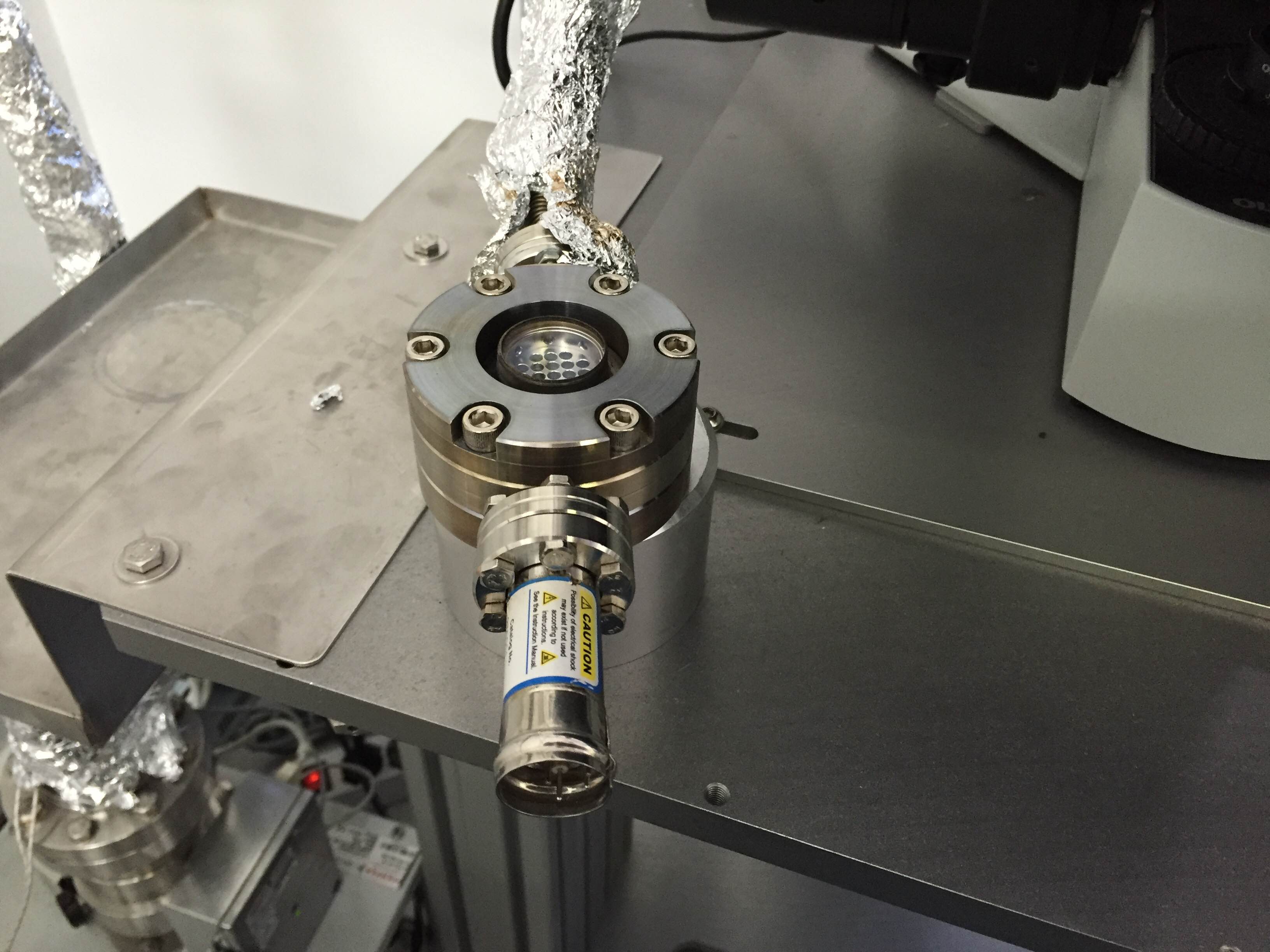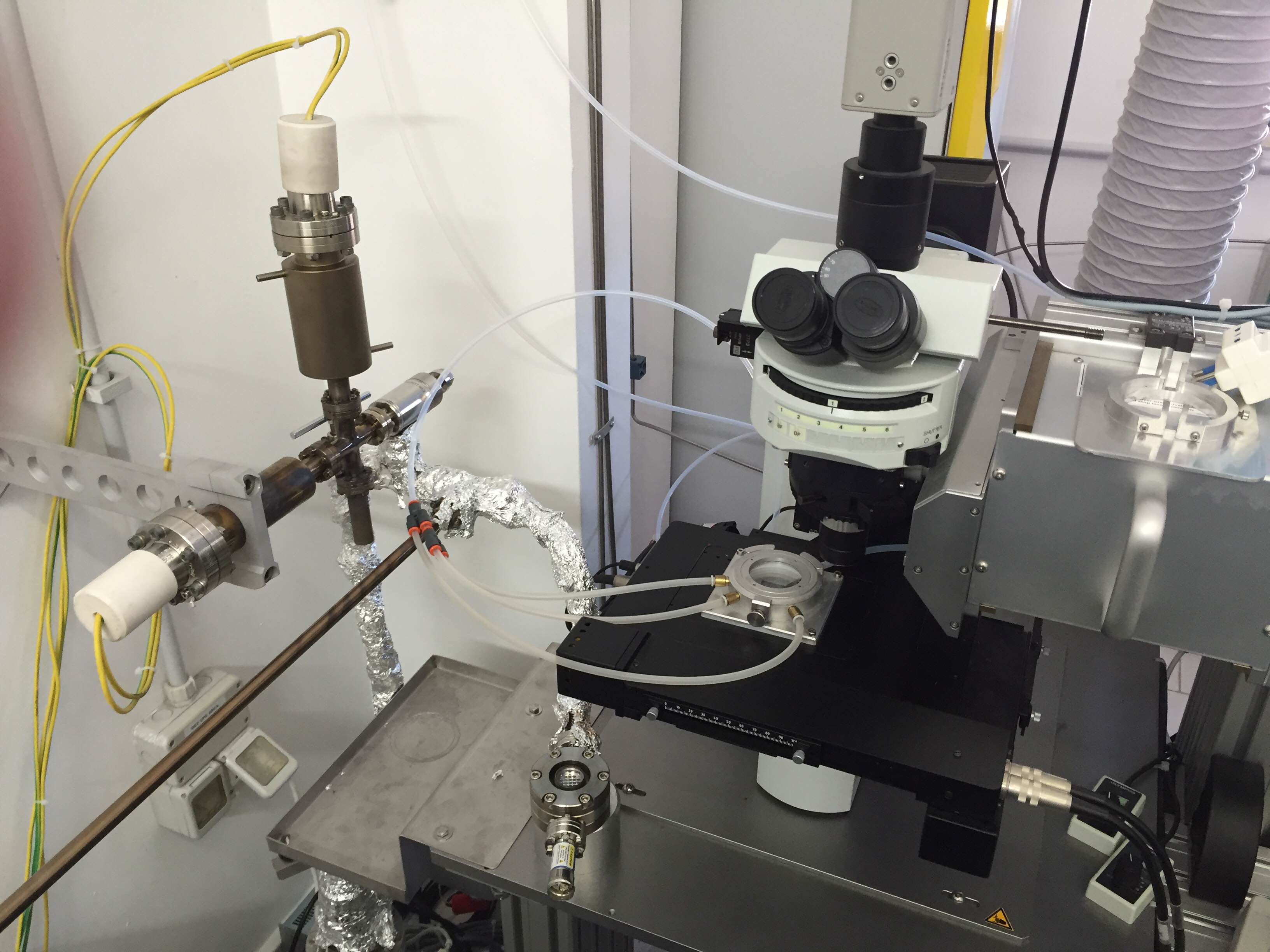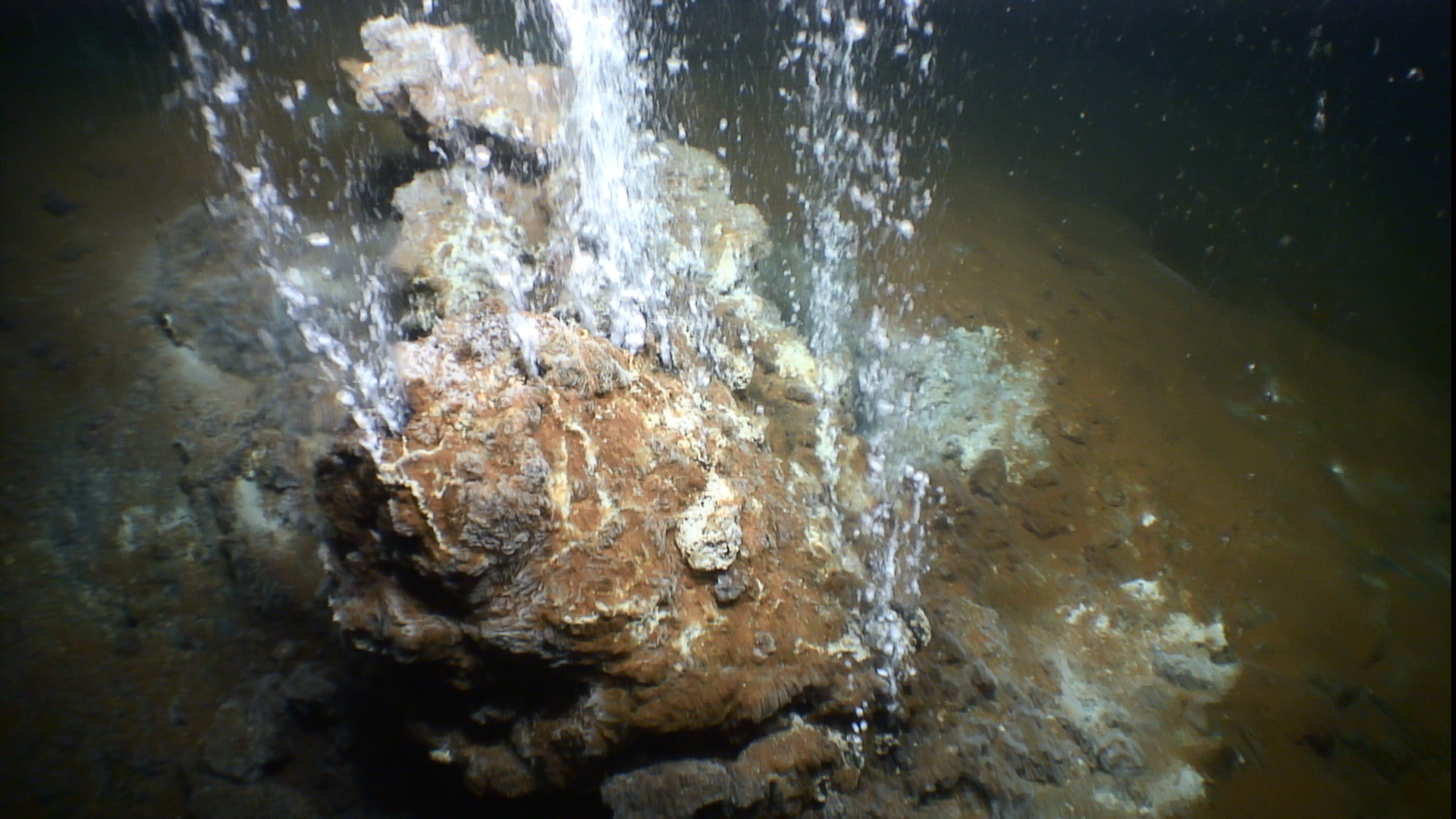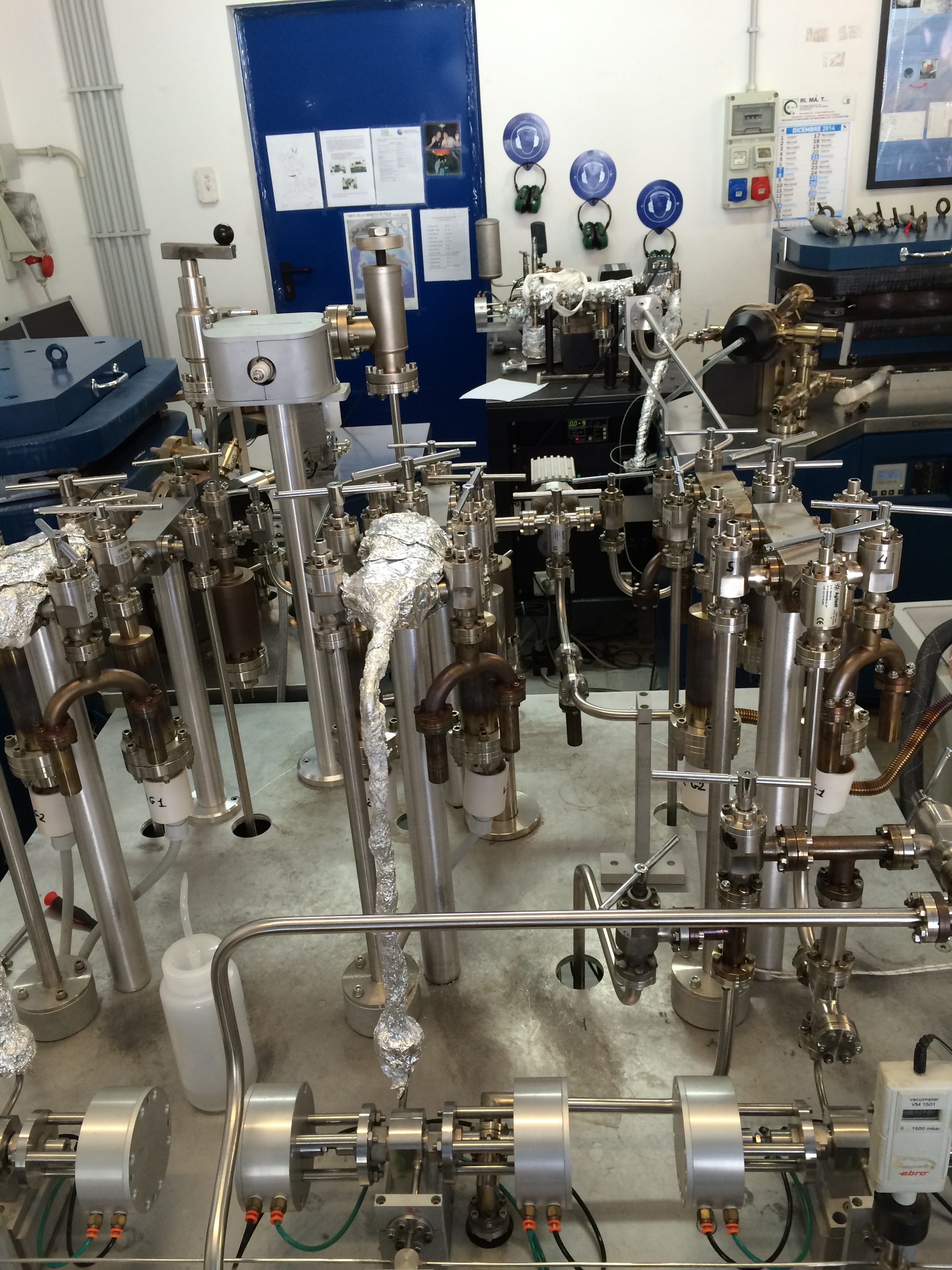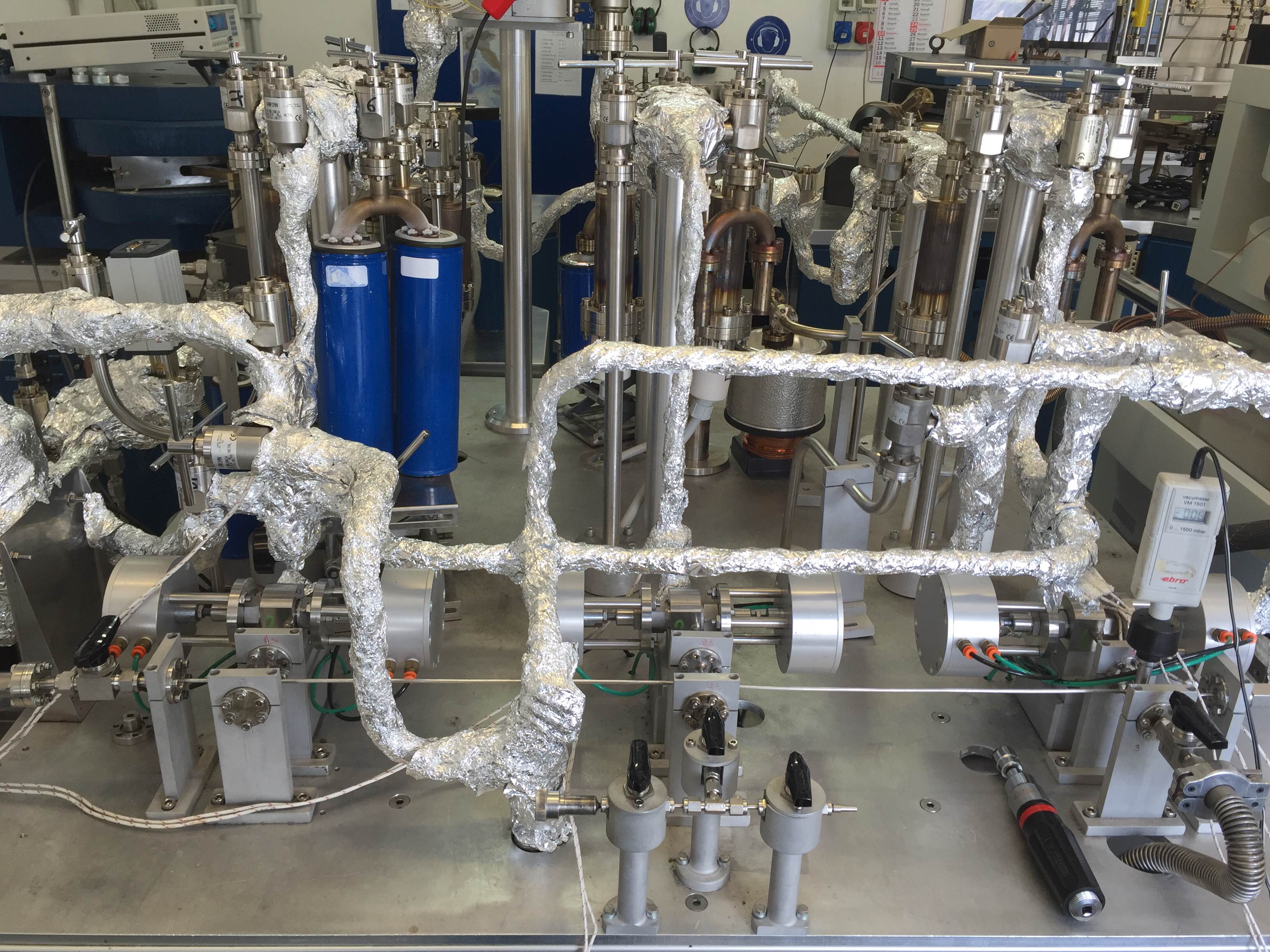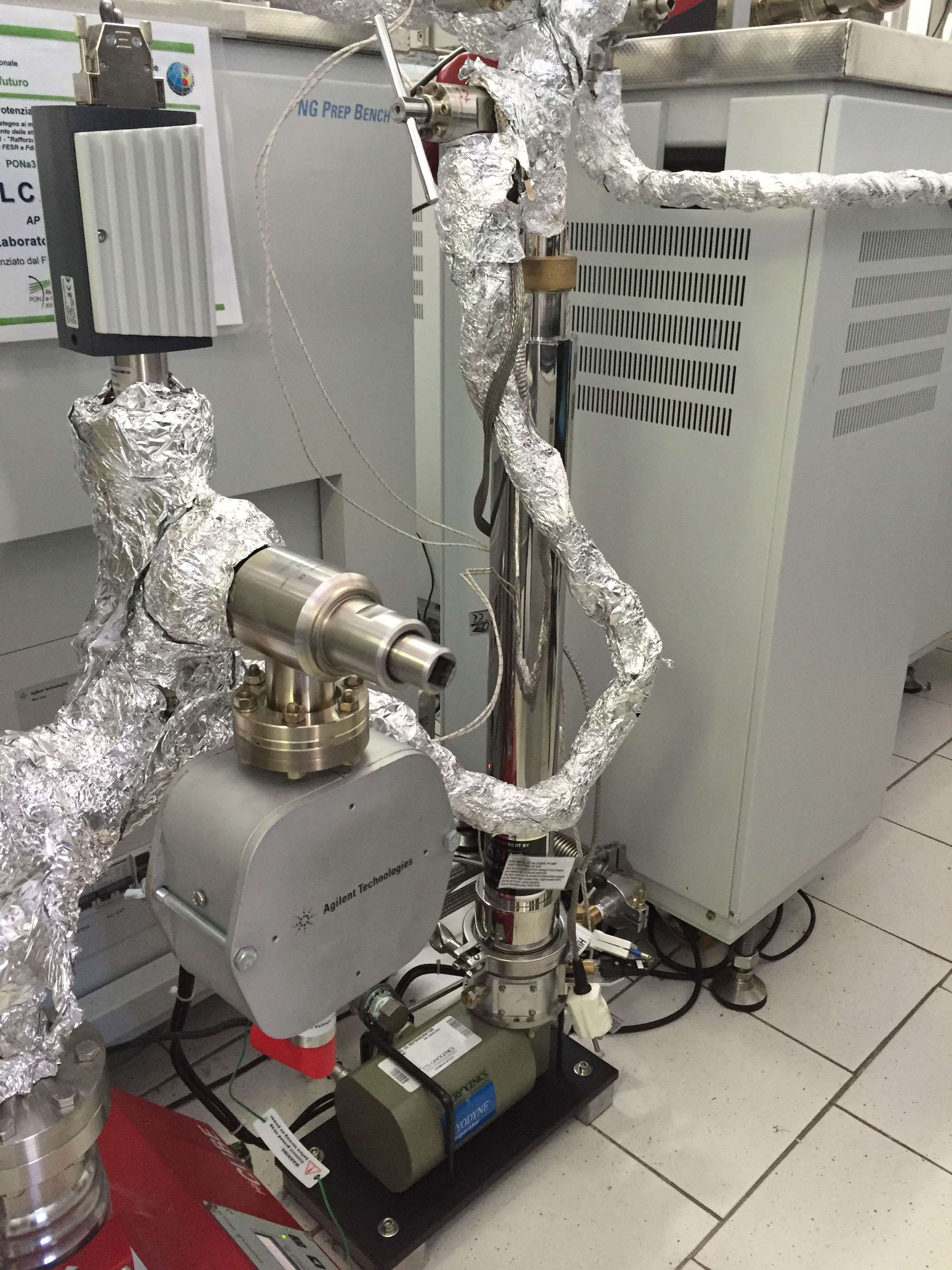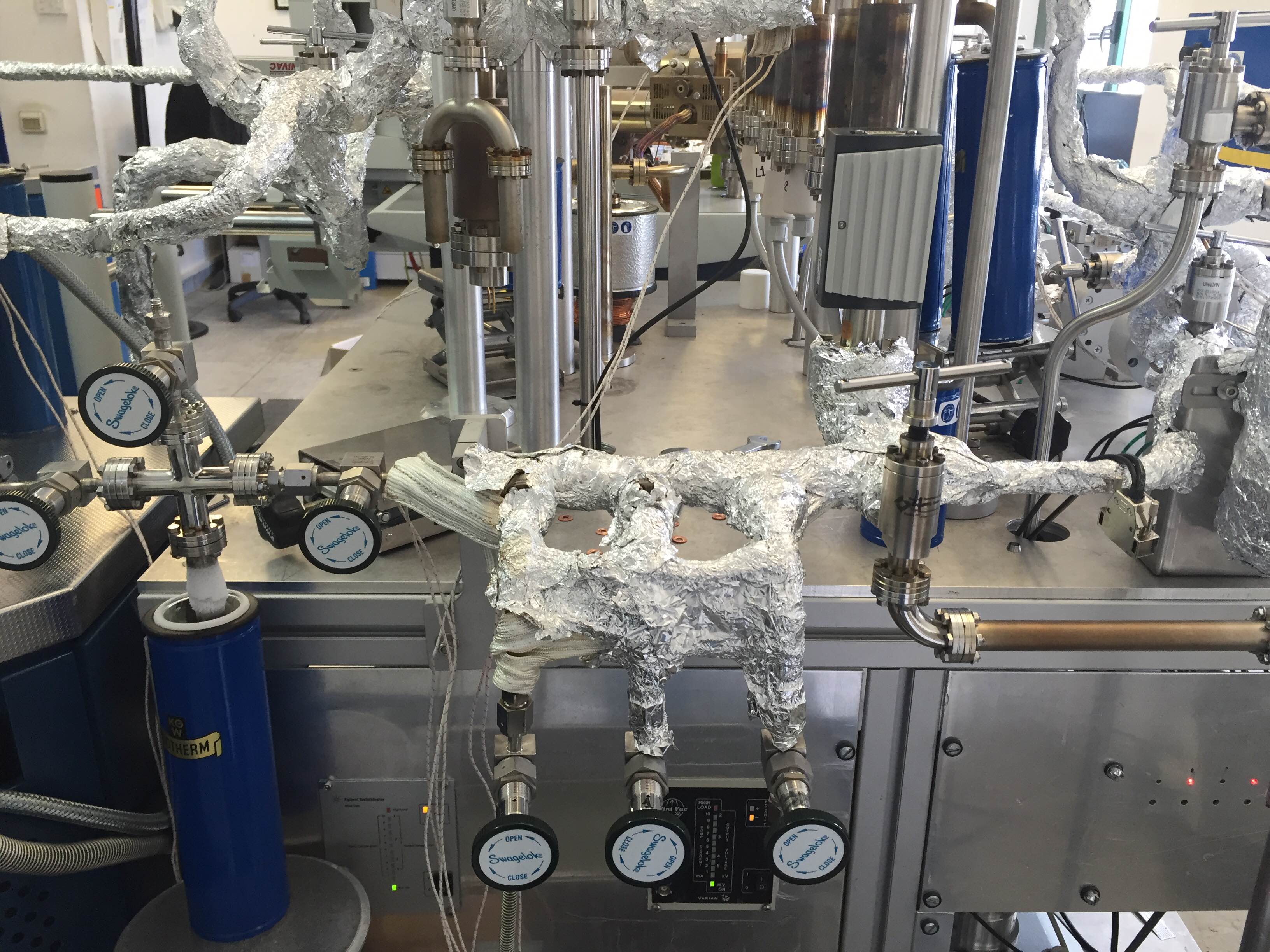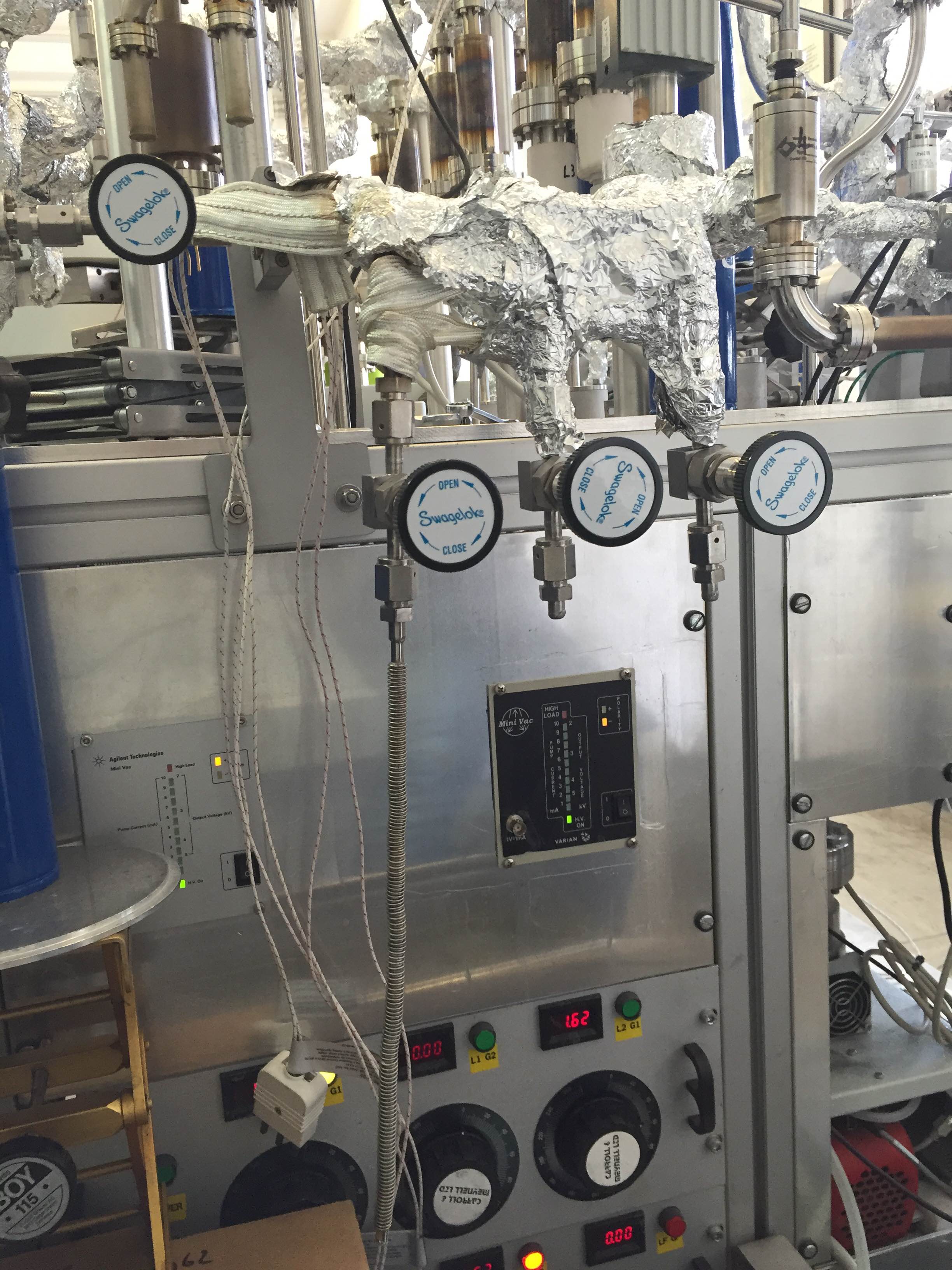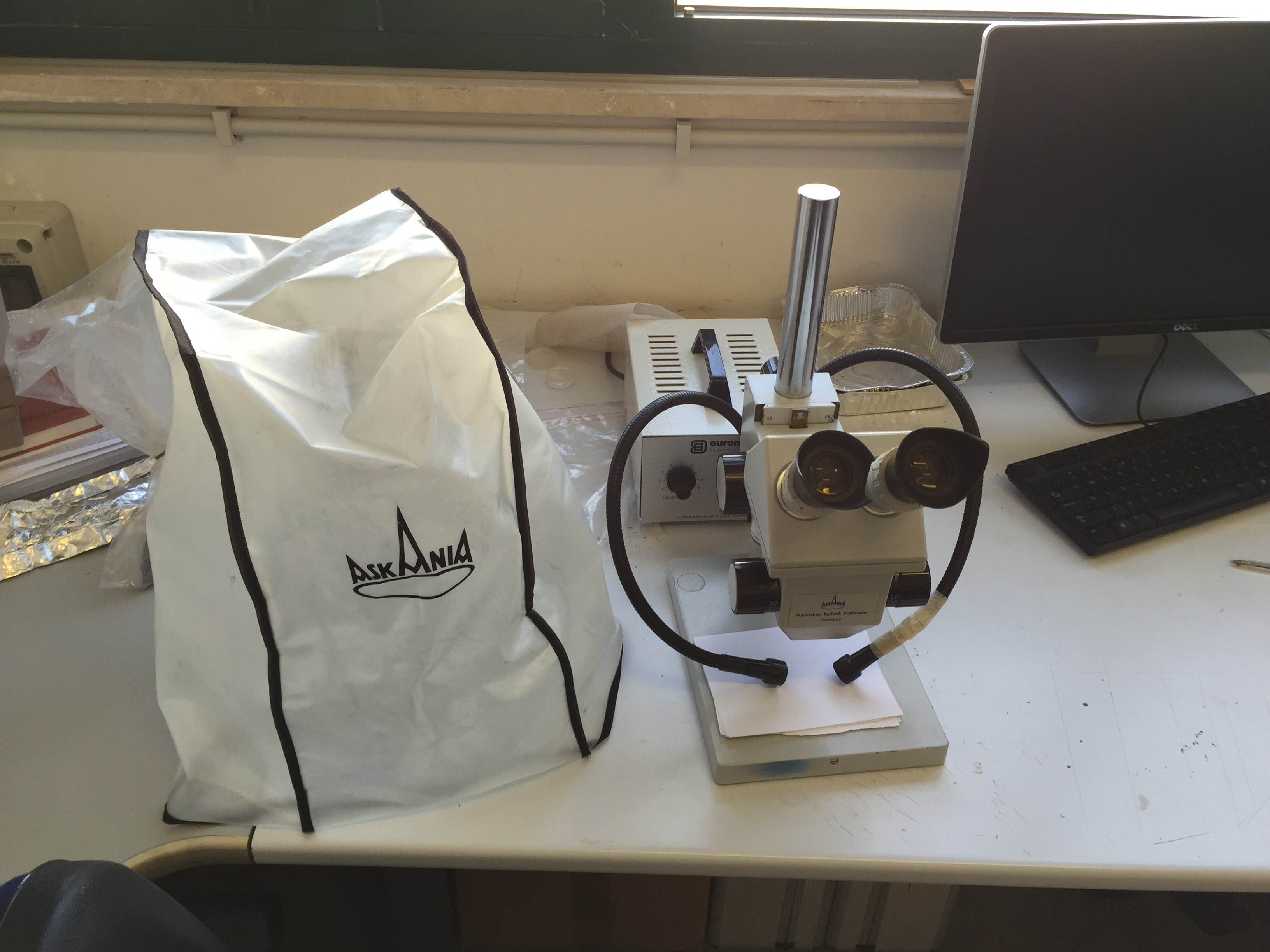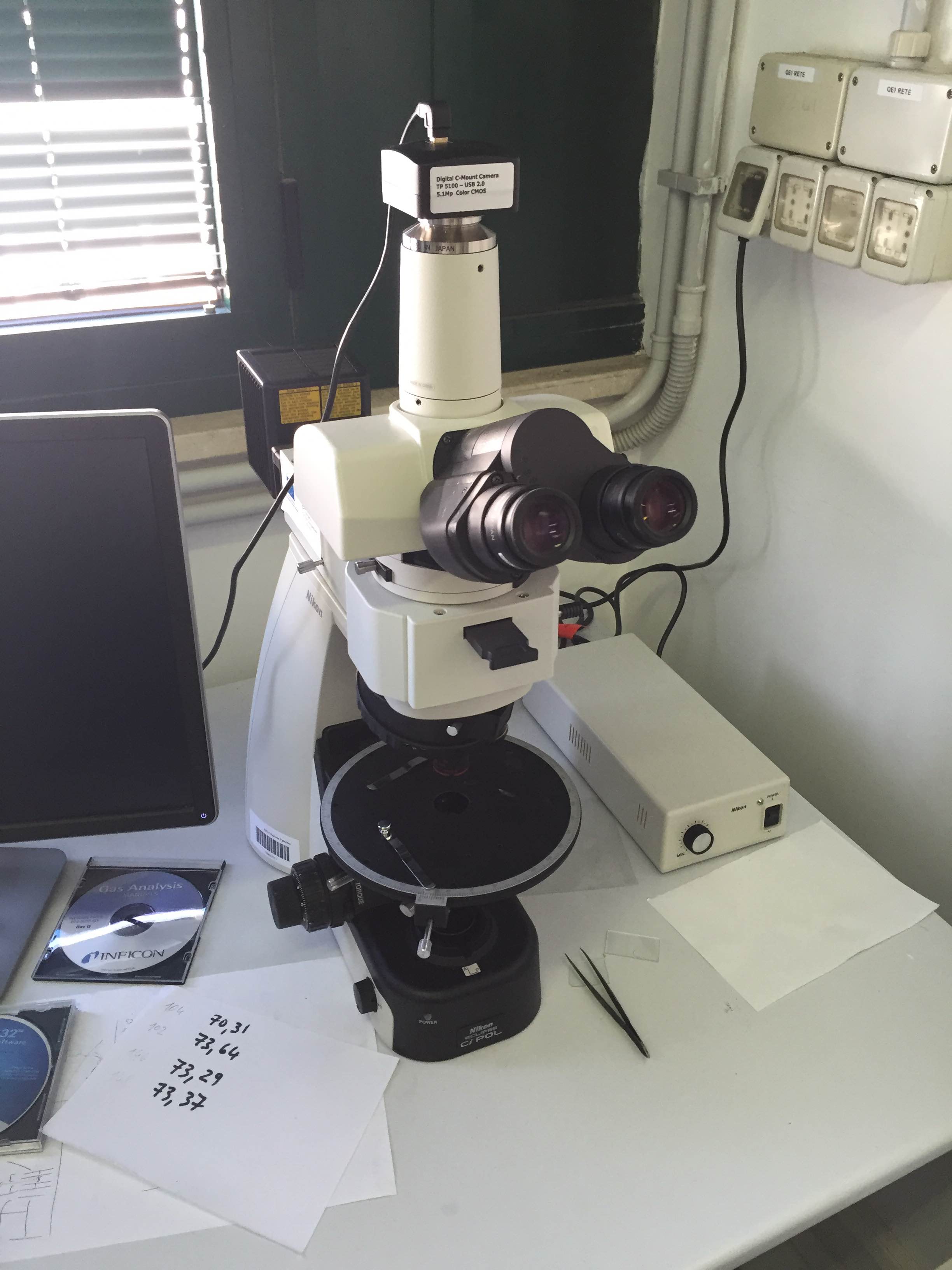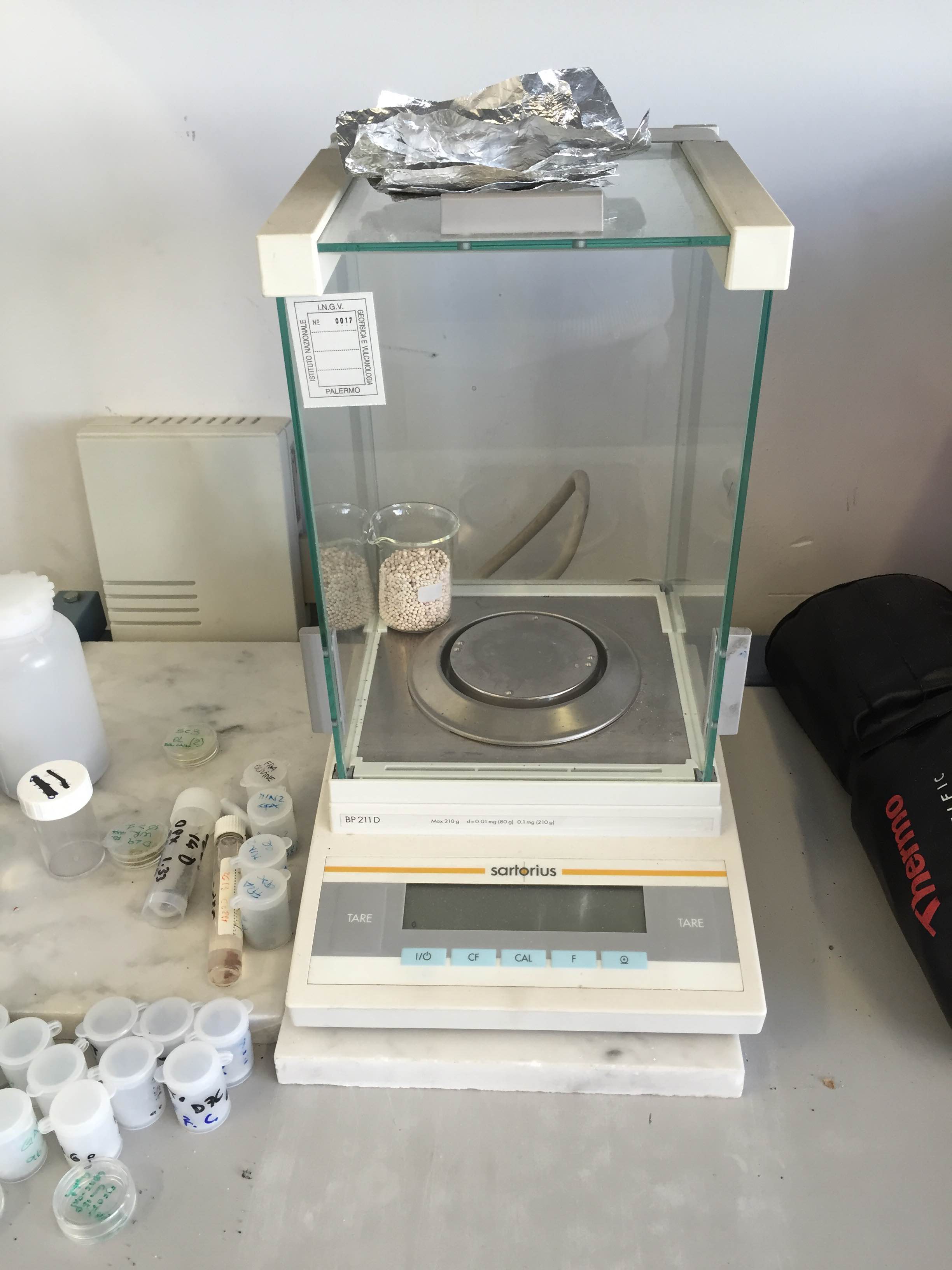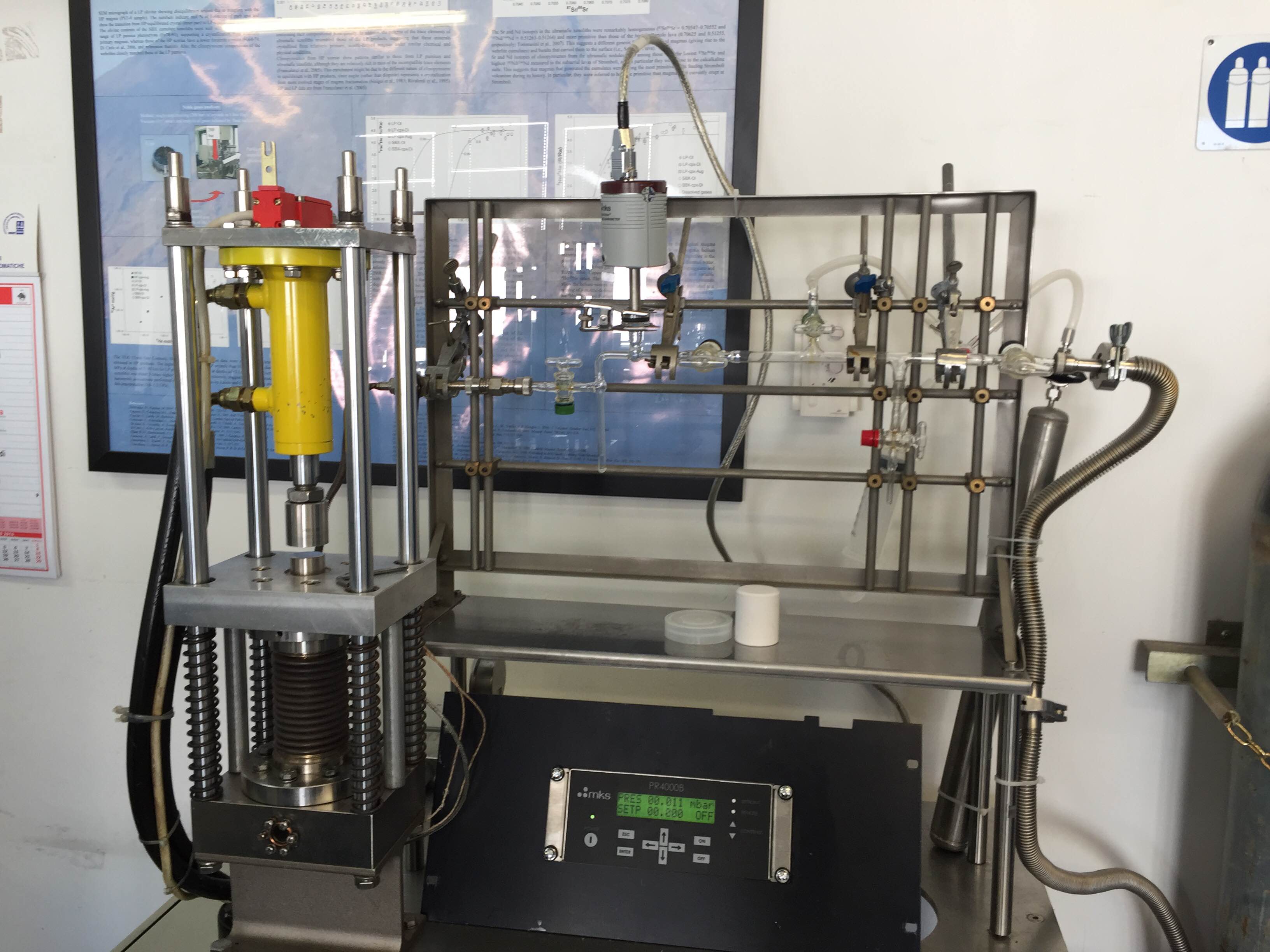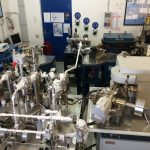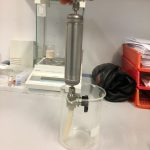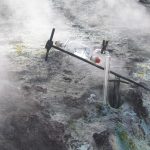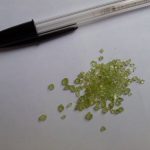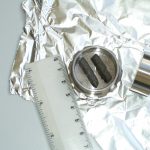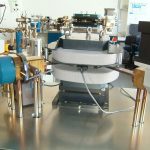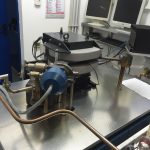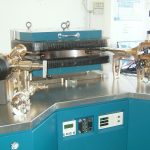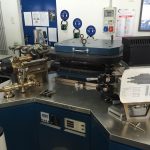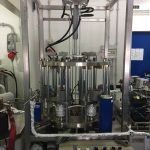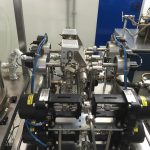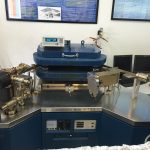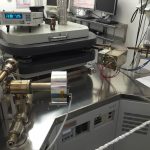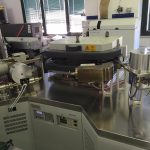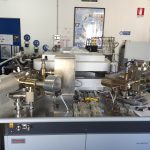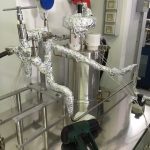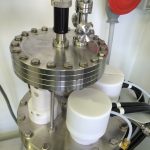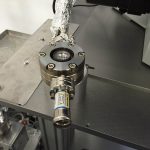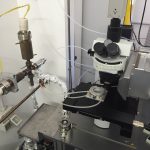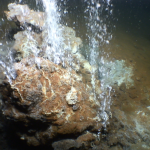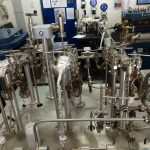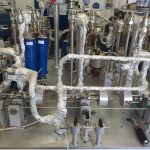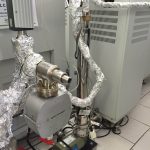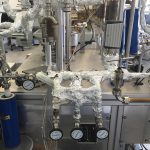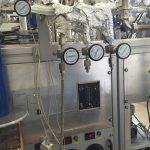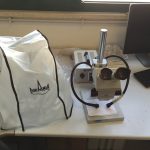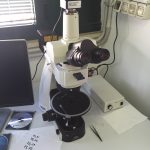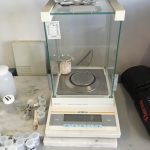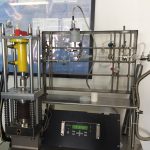Laboratory of noble gas isotopes
Head of Geochemical Laboratories Unit: Manfredi LONGO
E-mail: manfredi.longo@ingv.it
Referent of Noble Gas Laboratory: Mariano TANTILLO
E-mail: mariano.tantillo@ingv.it
E-mail:laboratoriogasnobili.pa@ingv.it
Laboratory of noble gas isotopes
The laboratory of noble gas isotopes of the INGV section in Palermo, is the only one in Italy able to perform basic and isotopic simultaneous measurements of He, Ne and Ar in gas, water and minerals/rocks samples, with levels of precision and accuracy, among the highest in the world.
Within volcanism (subaerial and submarine) the noble gases are among the most powerful tools for investigating, monitoring and evaluating the volcanic risk.
At present, the laboratory is divided into two application areas: analysis on solid matrices and analysis on fluid matrices, each of them with three mass spectrometers and relative purification lines for the simultaneous analysis of He, Ne and Ar on the same gas rate.
The Laboratory was founded, at the “Istituto Geochimica dei Fluidi” (I.G.F.) of the National Research Council (C.N.R.) in the 90’s, with the aim of acquiring new parameters in the field of geochemistry surveillance, through the measurement of helium isotope ratio. For this purpose, the first spectrometer was installed in the laboratory, one double collector VG5400 (Fig.1), one of three instruments in the world, modified on specific request for the simultaneous measurement of helium isotopes (unit atomic mass 3 and 4). The first tests were carried out in 1992 in free gas samples (Fig.2) and in enriched gases using alkaline solutions (Fig.3) from the main Italian volcanic areas. In the following years, the investigation was extended to the dissolved gases in the waters (usually thermal and/or thermo-mineral, but also of cold water sources) – belonging to geothermal systems located in volcanic and seismic areas – to the solubility studies of noble gases in silicate melts and to fluid inclusions in minerals and rocks mostly of volcanic origin.
Following the birth of the INGV in Palermo in 2000, a laboratory development
project started for the realization of a new electronics to manage the VG5400, with the installation of a mass spectrometer Argus-GVI (Figg.6 – 7) and a new purification line connected to it. This followed also by the installation of a Helix MC-GVI (Figg.8 – 9), initially planned for the neon isotopes. Between 2004 and 2008, a crystals crushing system was conceived and installed in the laboratory by an external Italian company (Fig.10) and a new purification line (Fig.11). Subsequently, they were implemented to increase the analytical capacity of the laboratory. In the same period the VG5400 was replaced with a new Helix SFT-GVI (Fig.12). Between 2010 and 2017 the laboratory has been further developed with the installation of three other instruments supplied by Thermo Scientific [2 Helix SFT (Figg.13 – 14) 1 Helix MC-plus (Fig.15)], a high temperature furnace (Fig.16 – 17), a cell for laser ablations (Figg. 18 – 19) and two automatic lines of purification.(Fig.11).
Instrumental Configuration
The laboratory of noble gas isotopes is equipped with instrumentation of high analytical precision and accuracy, able to determine the elementary and isotopic abundance of light noble gases (He, Ne ed Ar) contained in fluids (Figg.2 – 3), minerals (Figg.4 – 5) and rocks. The laboratory is virtually divided into two sections, distinct, depending on the type of samples to be analyzed and their related scientific applications:
1. Isotopic analyses of fluids, such as dry gases, gases enriched in alkaline solutions and gases dissolved gases in water, taken in any subaerial or submarine environment (Fig.20), aiming at basic research studies on earth volatiles and at the geochemical monitoring in volcanic and seismic areas.
2. Isotopic analyses of solids, such as minerals and rocks (fluid inclusions and reticular component) coming mainly from volcanic environments (lava, tephra, mafic enclaves, ultramafic inclusions, natural and synthetic glasses etc.) finalized to basic research studies on the mantle, specific volcanic systems or geodynamic contexts, solubility in silicate melts etc.
The instruments available in the first section of the laboratory are:
– n. 1 Helix SFT-GVI mass spectrometer for the simultaneous measurement of 3He e 4He (Fig.12).
– n. 1 Helix MC-GVI mass spectrometer for the simultaneous measurement 40Ar, 38Ar, e 36Ar (Figg.8 e 9).
– n. 1 spettrometro di massa Helix MC plus-Themo Scientific per la misura simultanea di 20Ne, 21Ne, 22Ne (Fig.15).
– n. 3 purification lines (He, Ne, e Ar) of gas samples (Fig.21), interconnected to mass spectrometers, equipped with introduction system with 3 volumes, calibrated at 0.1 cc (Fig.22), and a cryogenic trap for noble gas adsorption and separation (T down to 10°K, Fig.23).
– n. 1 purification line gas samples and standard with quadrupole (fino a massa 200).
– – Installation of an automatic purification line (Fig.11), interconnected to three mass spectrometers, equipped with a gas introduction system for heavy noble gases analyses (Kr, Xe).
Developments in progress and/or imminent:
– Realization of 1 extraction system for dissolved gases in water through copper tubes (Figg.24 – 25).
The instruments available in the second section of the laboratory are:
– n. 1 Helix SFT-ThemoScientific mass spectrometer for the simultaneous measurement of 3He e 4He (Fig.13).
– n. 1 Argus-GVI mass spectrometer for the simultaneous measurement of 40Ar, 38Ar, e 36Ar (Fig.6 e 7).
– n. 1 Helix SFT-ThemoScientific mass spectrometer for measuring via “peak jumping” 20Ne, 21Ne, 22Ne, 40Ar2+ e 44CO222+(Fig.14).
– n. 1 crushing system for fluid inclusions investigation (Fig.10).
– n. 1 UHV high-temperature furnace (max 1900°C; Fig.16 e 17).
– n. 1 online auto purification (Fig.11), interconnected to crystals crushing system, to the furnace and to 3 mass spectrometers. It is equipped with a gas introduction system and a cryogenic trap for noble gas adsorption and separation (T down to 10°K).
– n. 1 Glass line for extraction (Fig.29), purification and storage of CO2 extracted from fluid inclusions.
Ongoing or imminent devolpments:
– Sviluppo tecnica analitica per analisi in situ su minerali e vetri (naturali o sintetici) attraverso cella UHV connessa a sistema laser e spettrometro Helix SFT-Themo Scientific (Fig.18 e 19).
Application research activities
The laboratory of noble gas isotopes of the section in Palermo is able to provide analytical support (in collaboration or for a fee) for many of the applications that these tracers allow.
Although the institutional activities and research projects are always evolving, the main fields of noble gases application, produced by the laboratory include:
– Origin of fluids in Earth’s natural systems.
– Evolution and structure of the volcanic systems (subaerial and submarine) and geodynamic implications.
– Circulation of the fluids in hydrothermal/magmatic systems (subaerial and submarine) and geothermal.
– Features of the mantle and main processes concerning it (recast, refertilization, metasomatism, degassing, contamination).
– Solubility of noble gases in silicate melts.
– Development of magmatic degassing models.
– Volcanic monitoring and pre-and syn-eruptive unrest dynamics.
– Relationships between tectonic and degassing.
Technical reports on methods developed in the laboratory
238 Tecnica di estrazione ed analisi della concentrazione e della composizione isotopica dell’anidride carbonica contenuta nelle inclusioni fluide.
Mimma Emanuela Gennaro, Paolo Cosenza, Giuseppe Riccobono, Mariano Tantillo, Fausto Grassa, Andrea Rizzo.
URL: “http://istituto.ingv.it/l-ingv/produzione-scientifica/rapporti-tecnici-ingv/archivio/rapporti-tecnici-2012/?searchterm=tantillo”
87 Sistema di frantumazione minerali e rocce (crusher) per la stima delle concentrazioni elementari ed isotopiche dei gas nobili contenuti nelle inclusioni fluide.
Mariano Tantillo, Giuseppe Riccobono, Andrea Rizzo.
URL: http://istituto.ingv.it/l-ingv/produzione-scientifica/rapporti-tecnici-ingv//archivio/rapporti-tecnici-2009/






